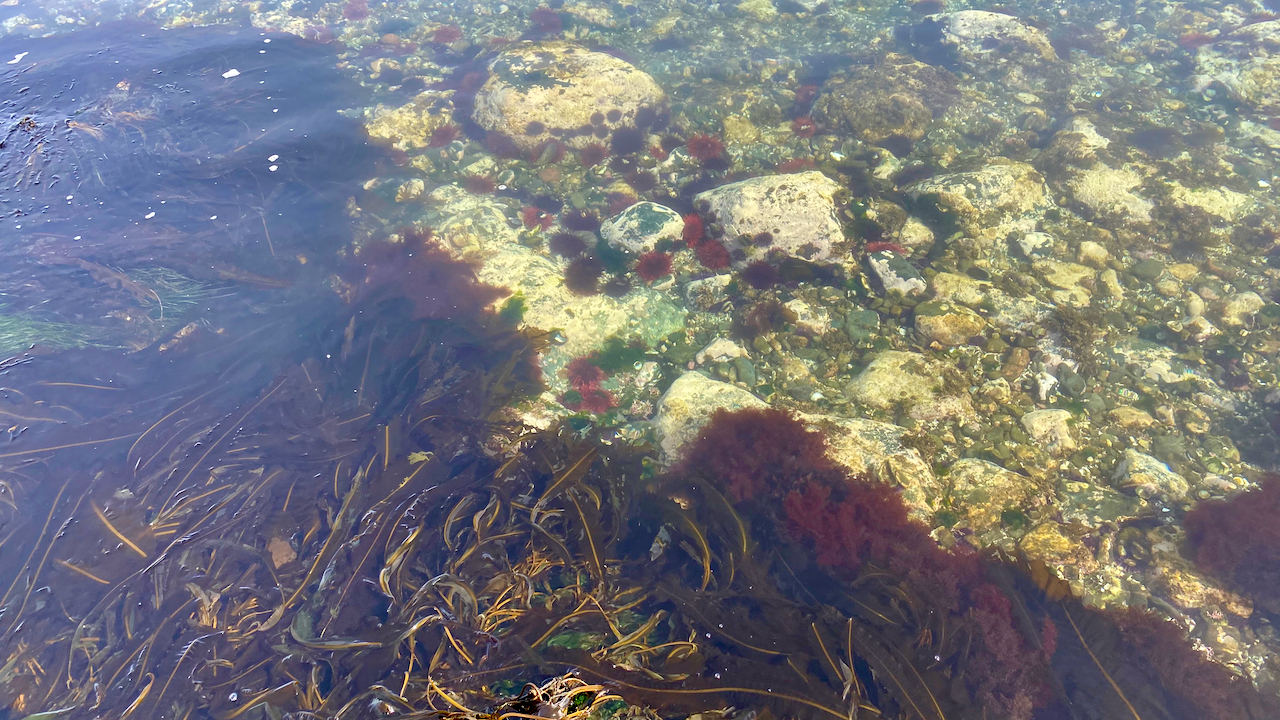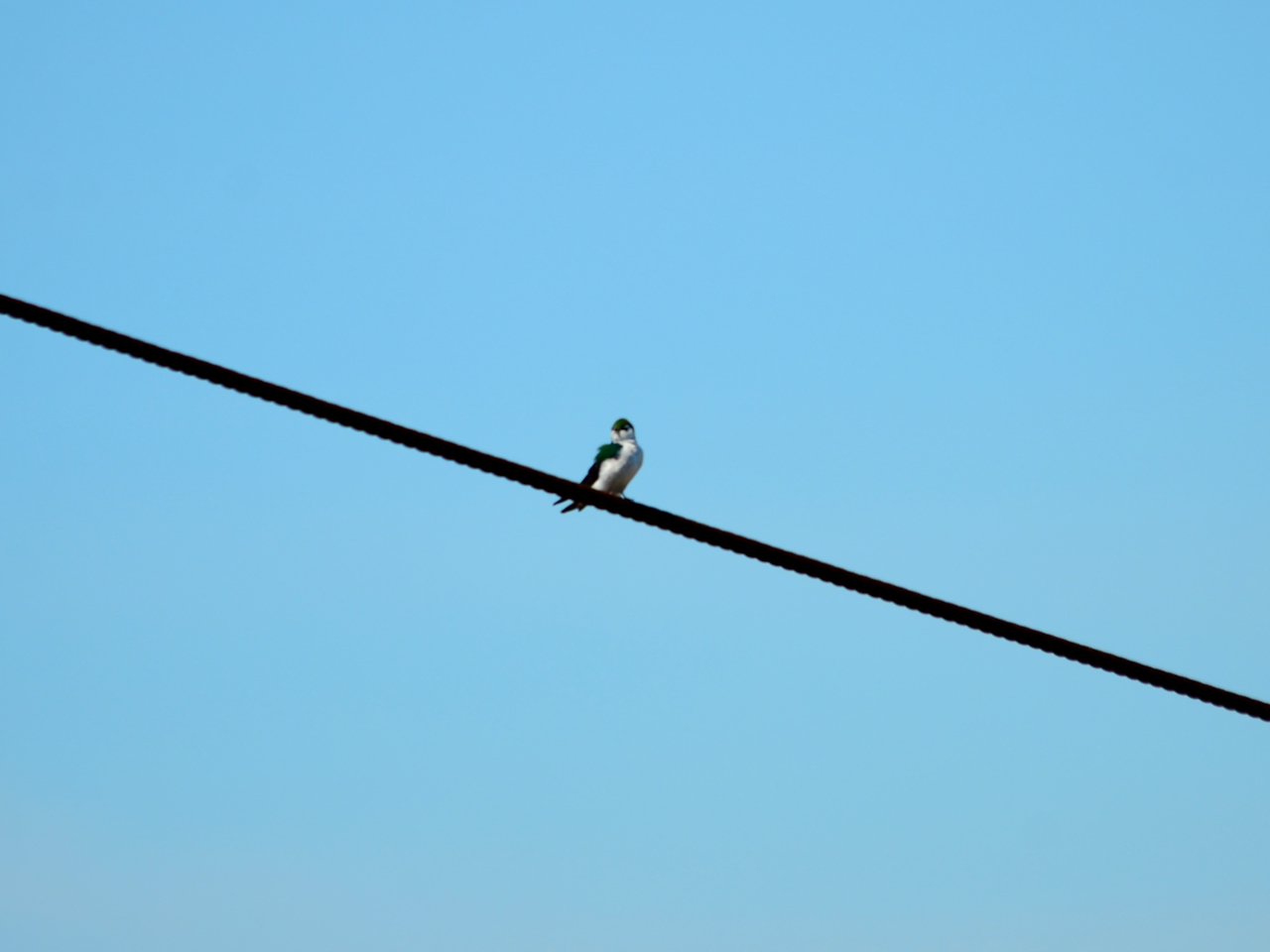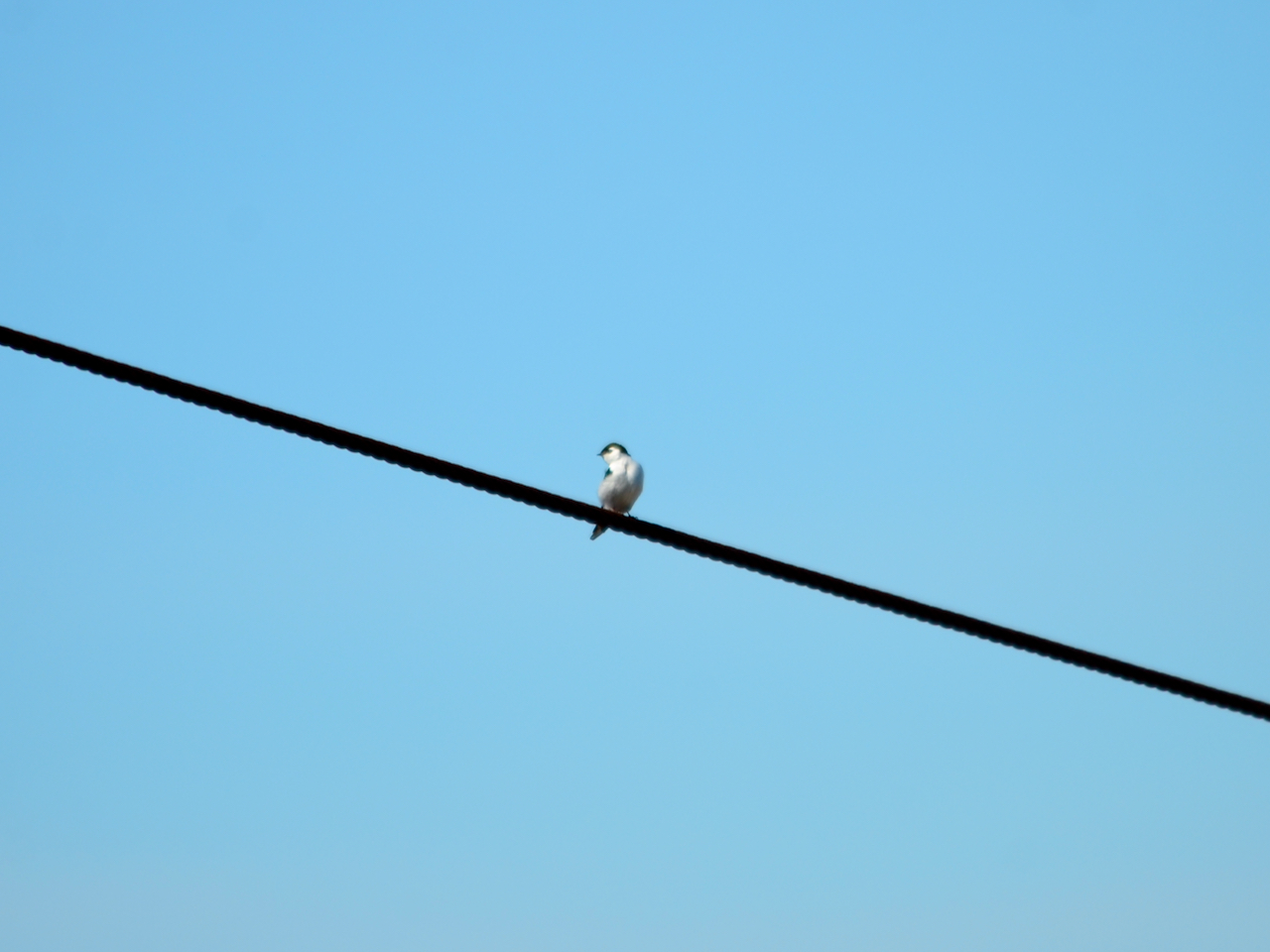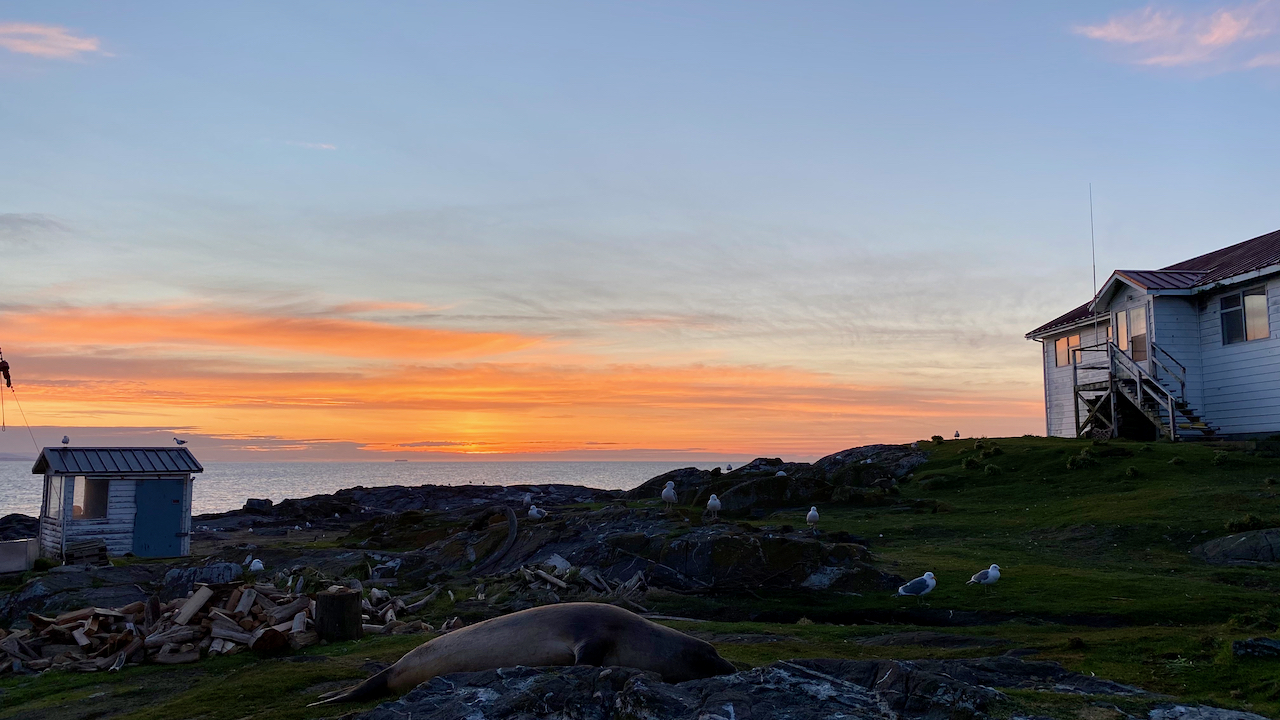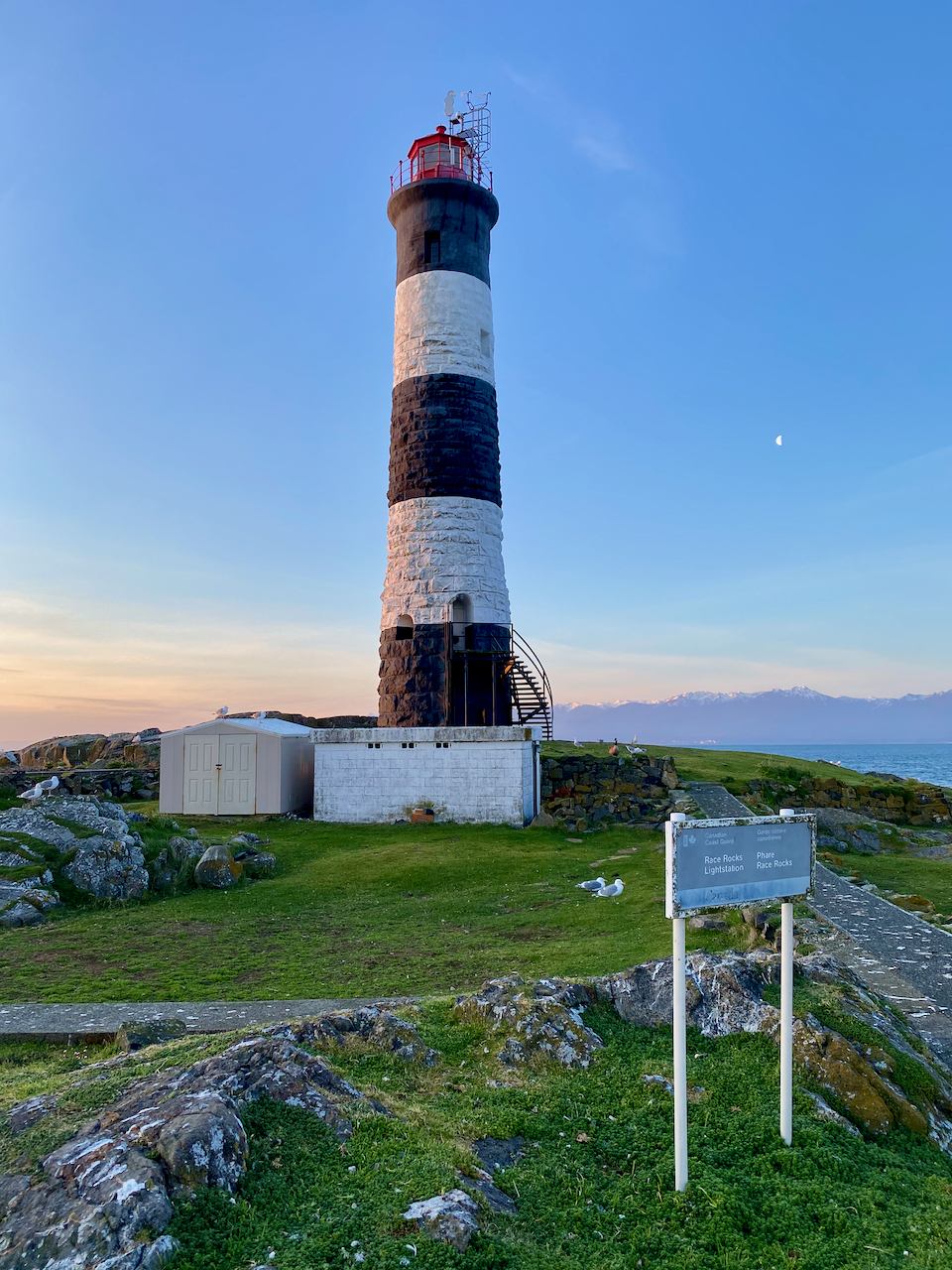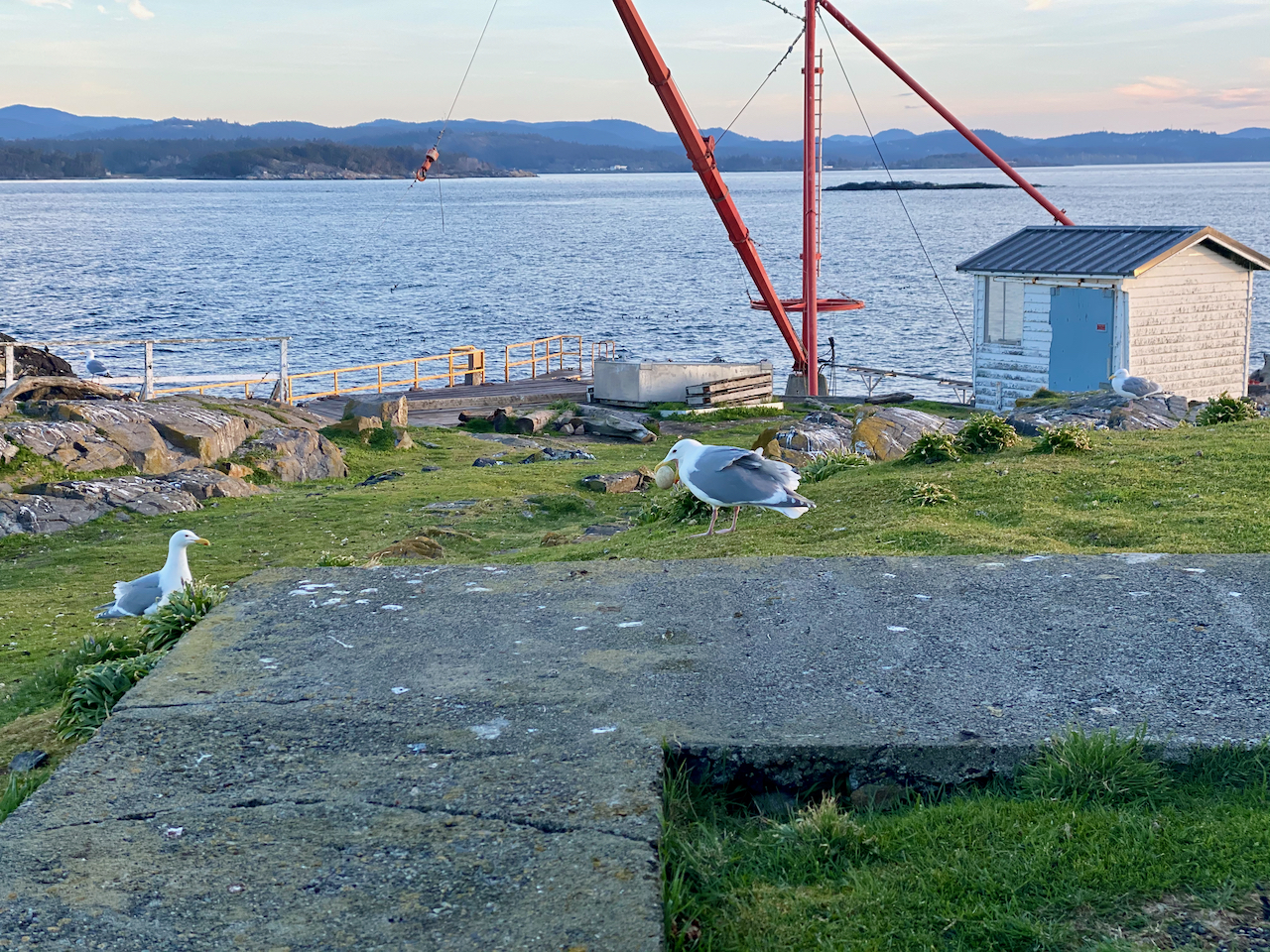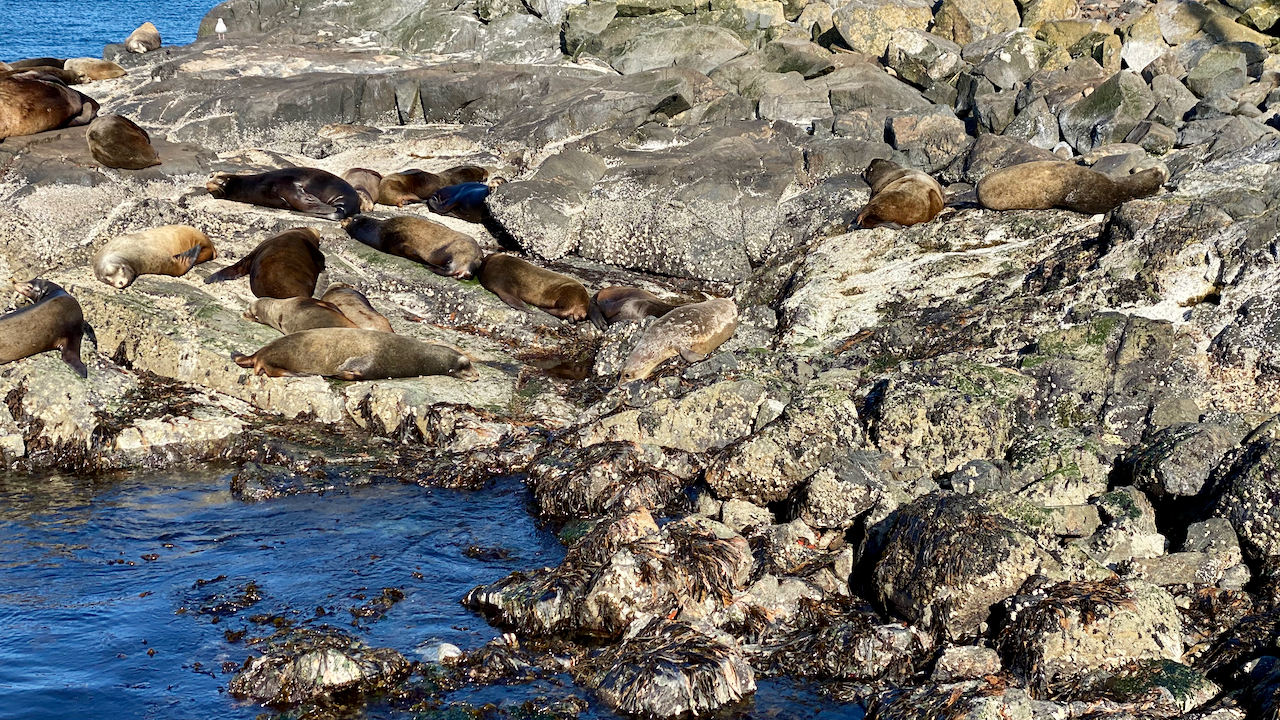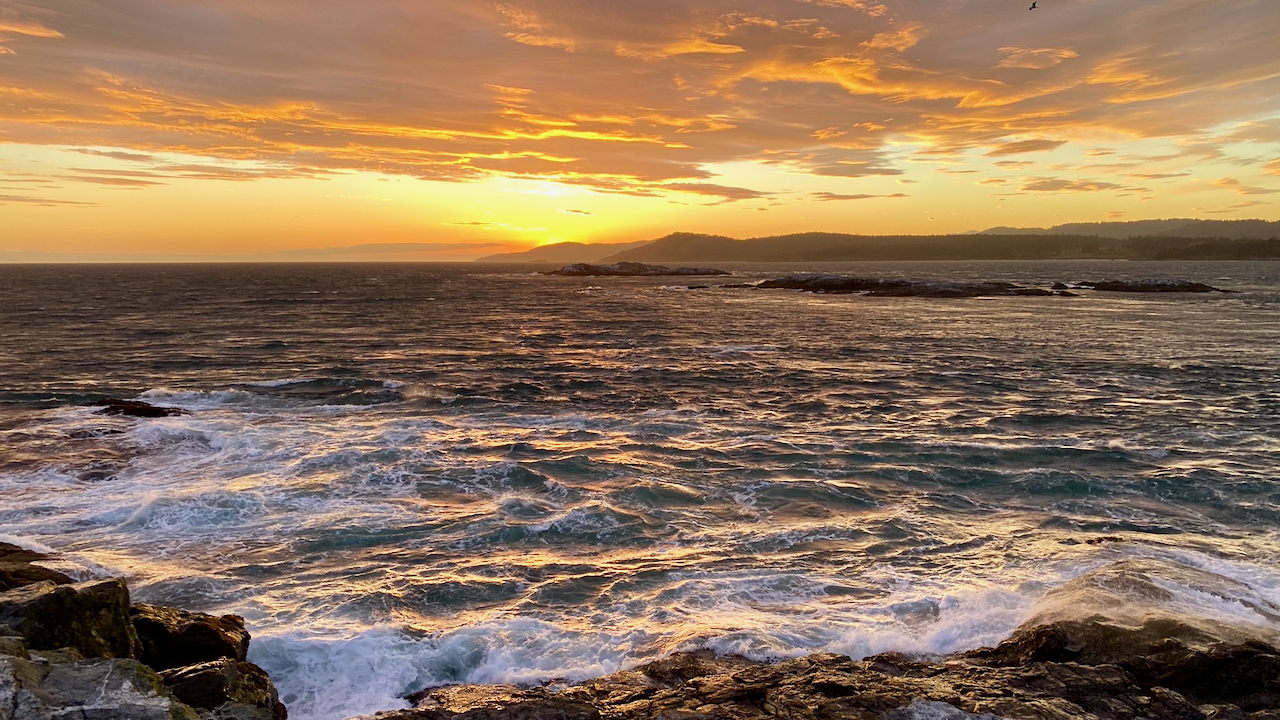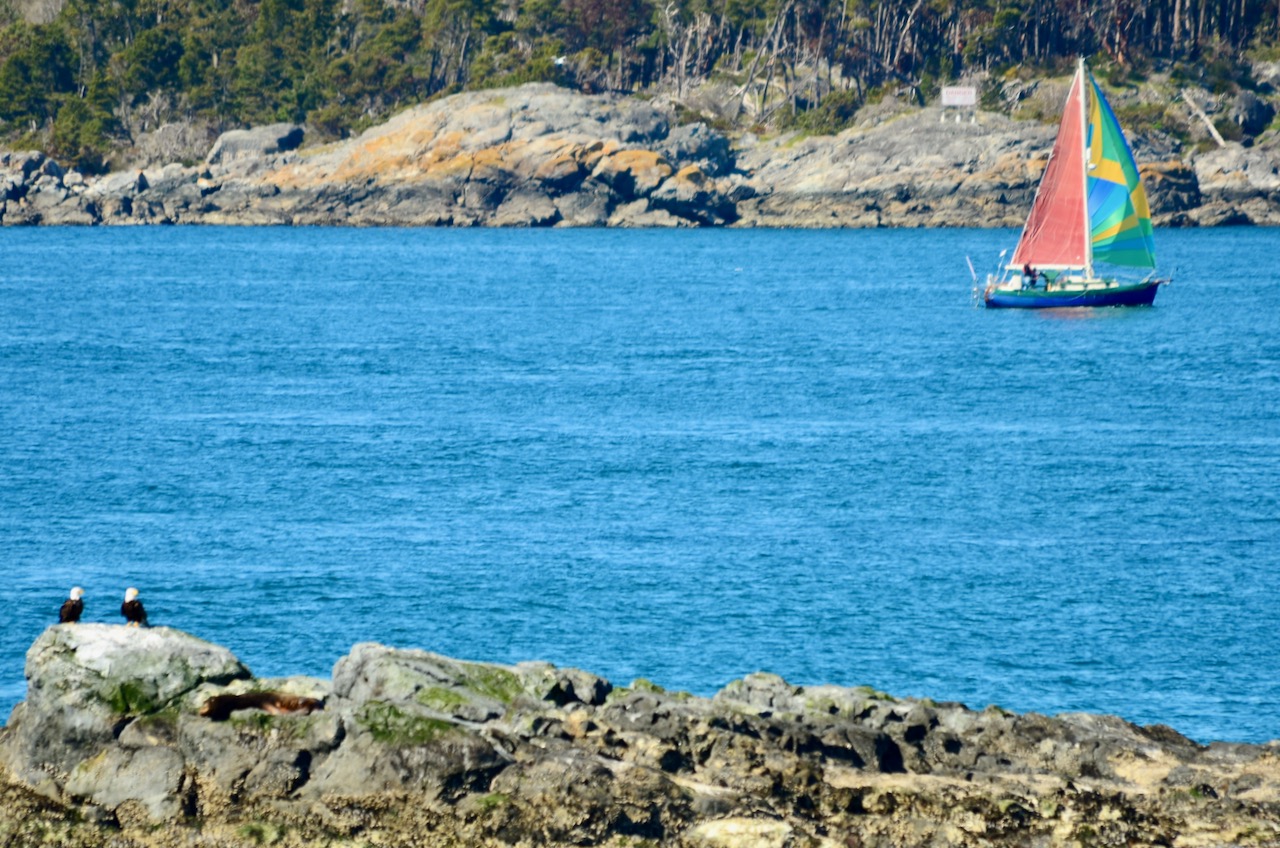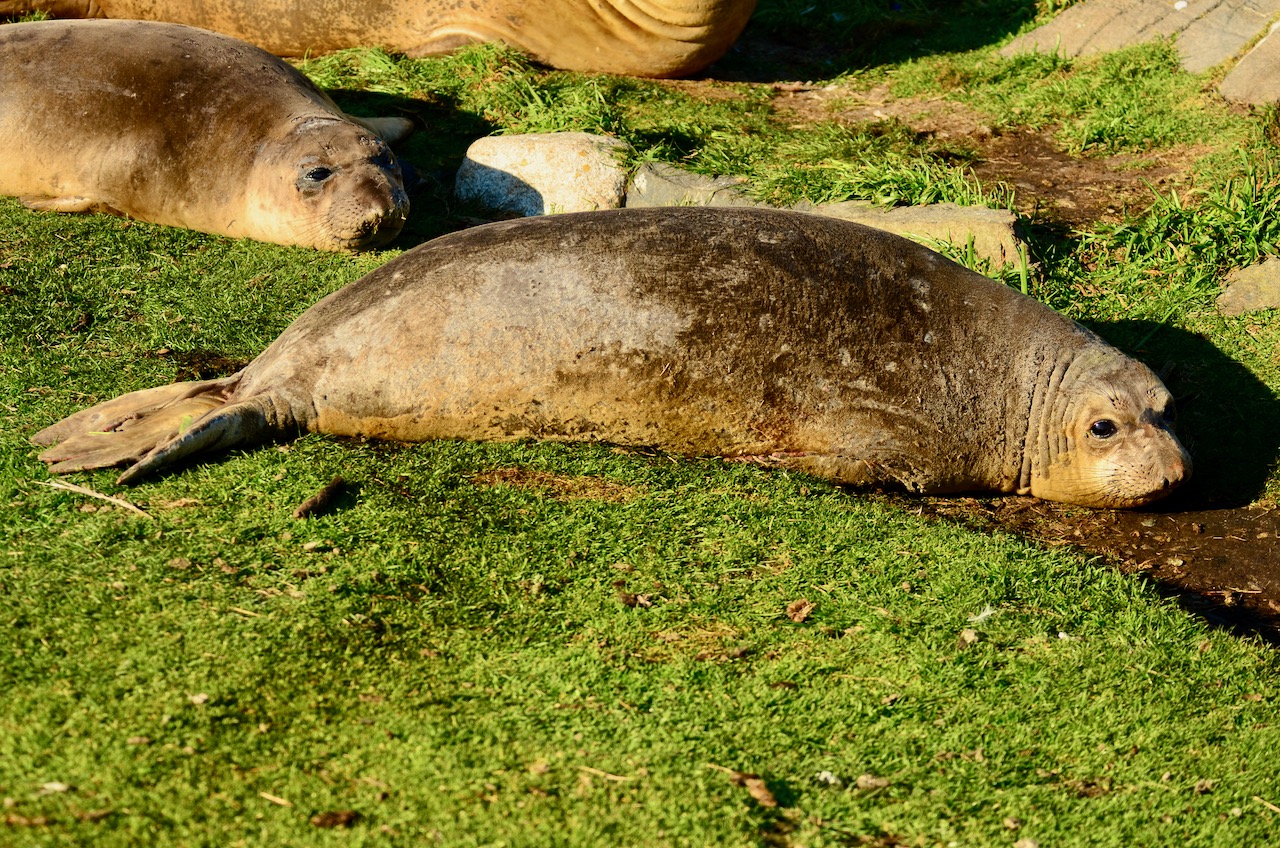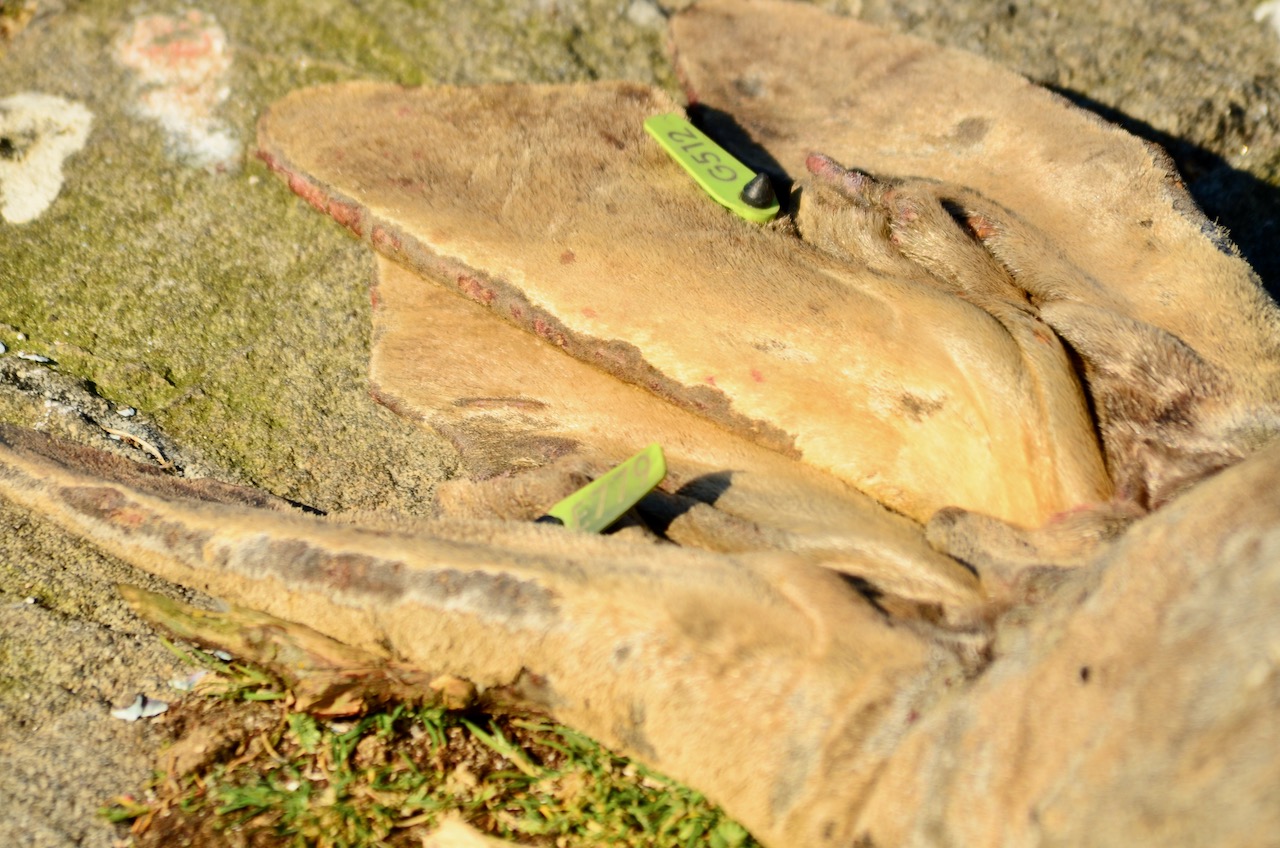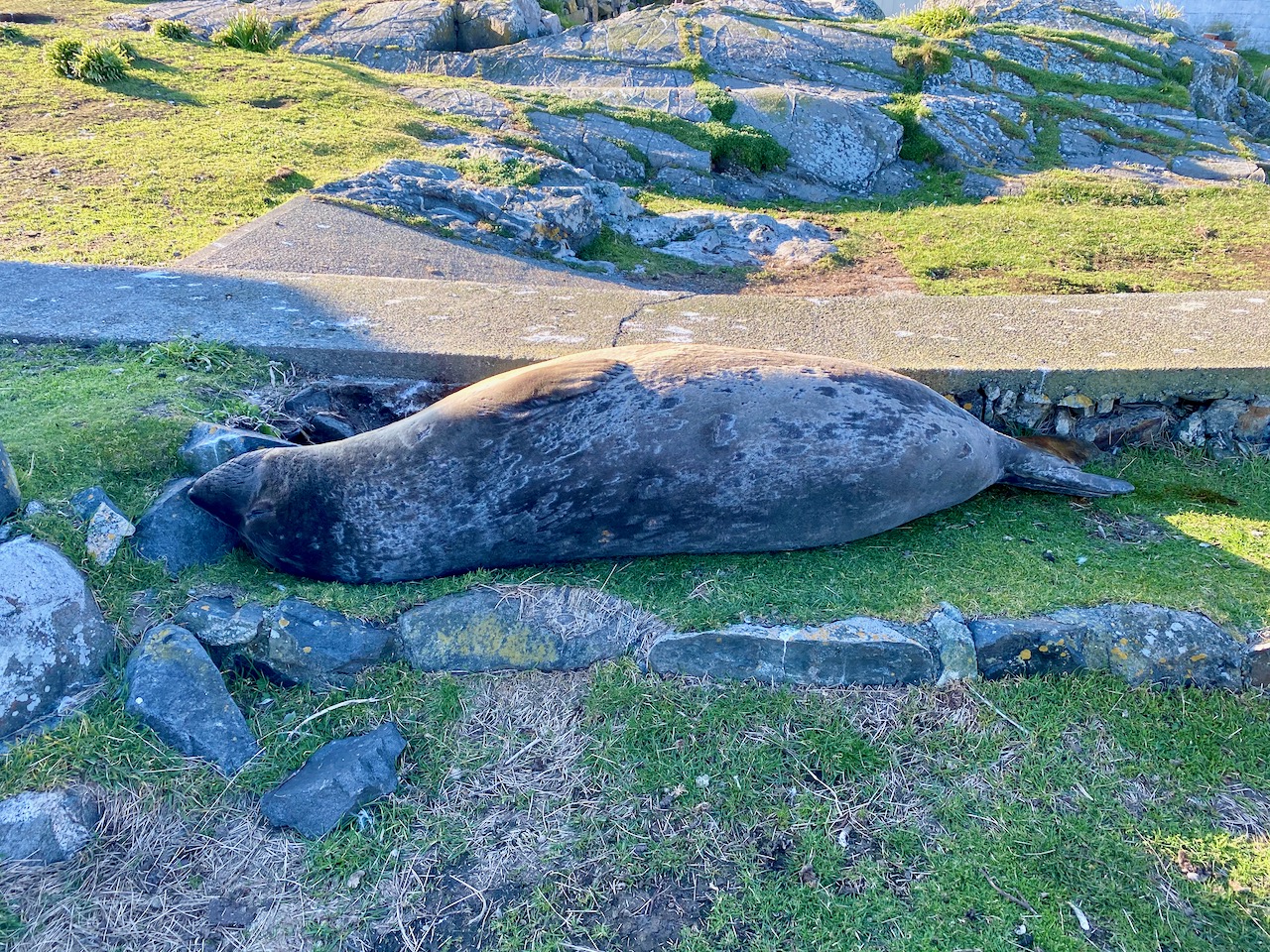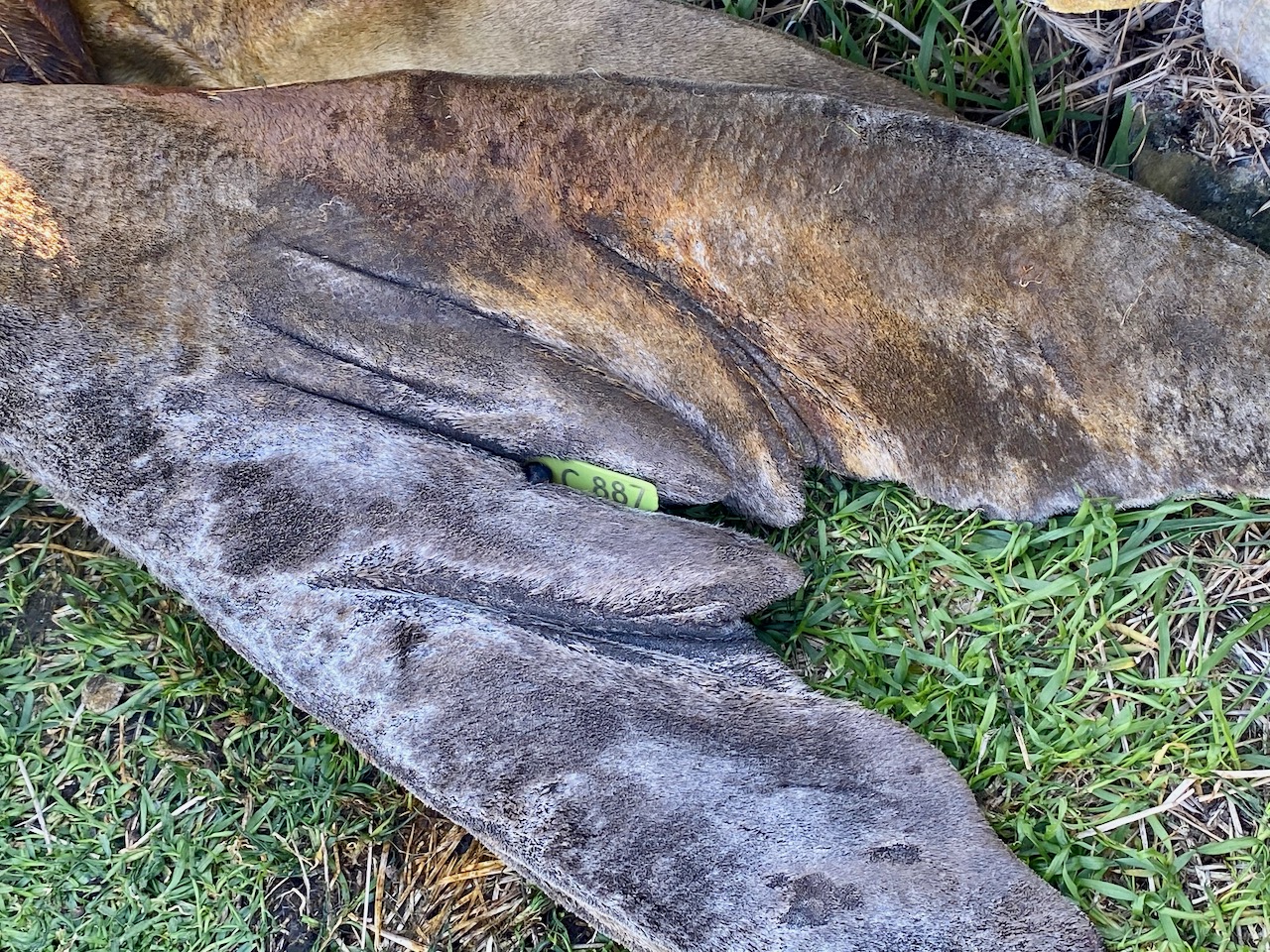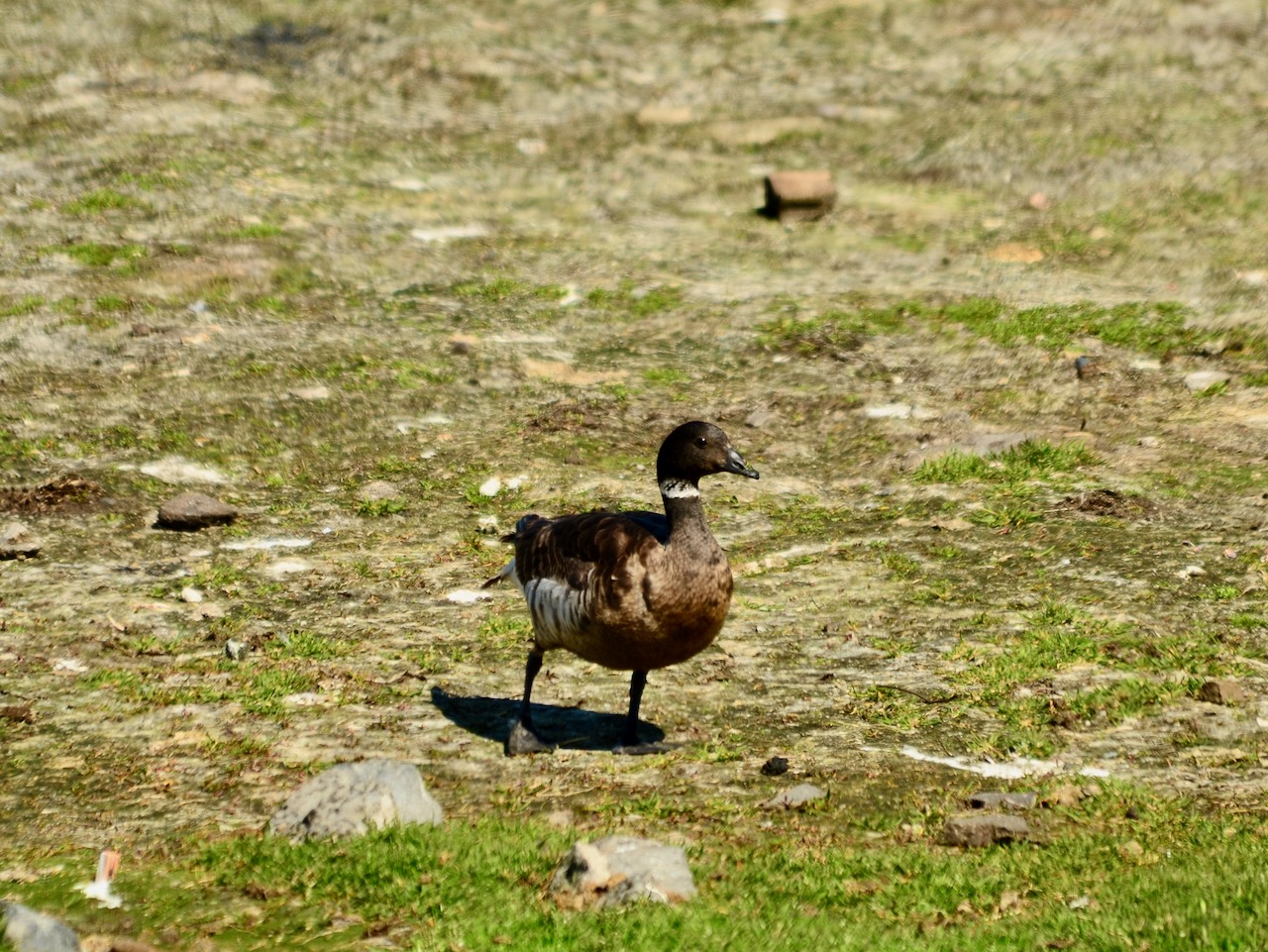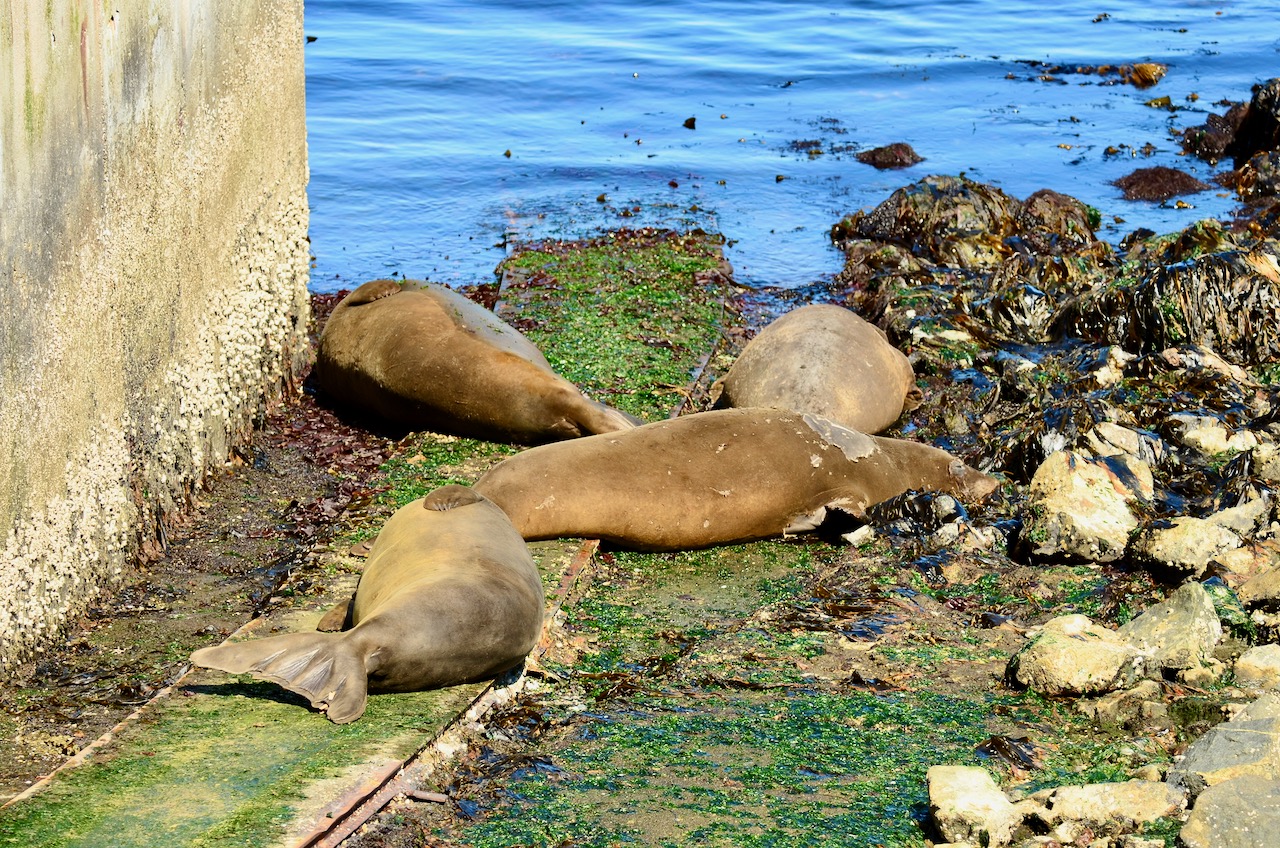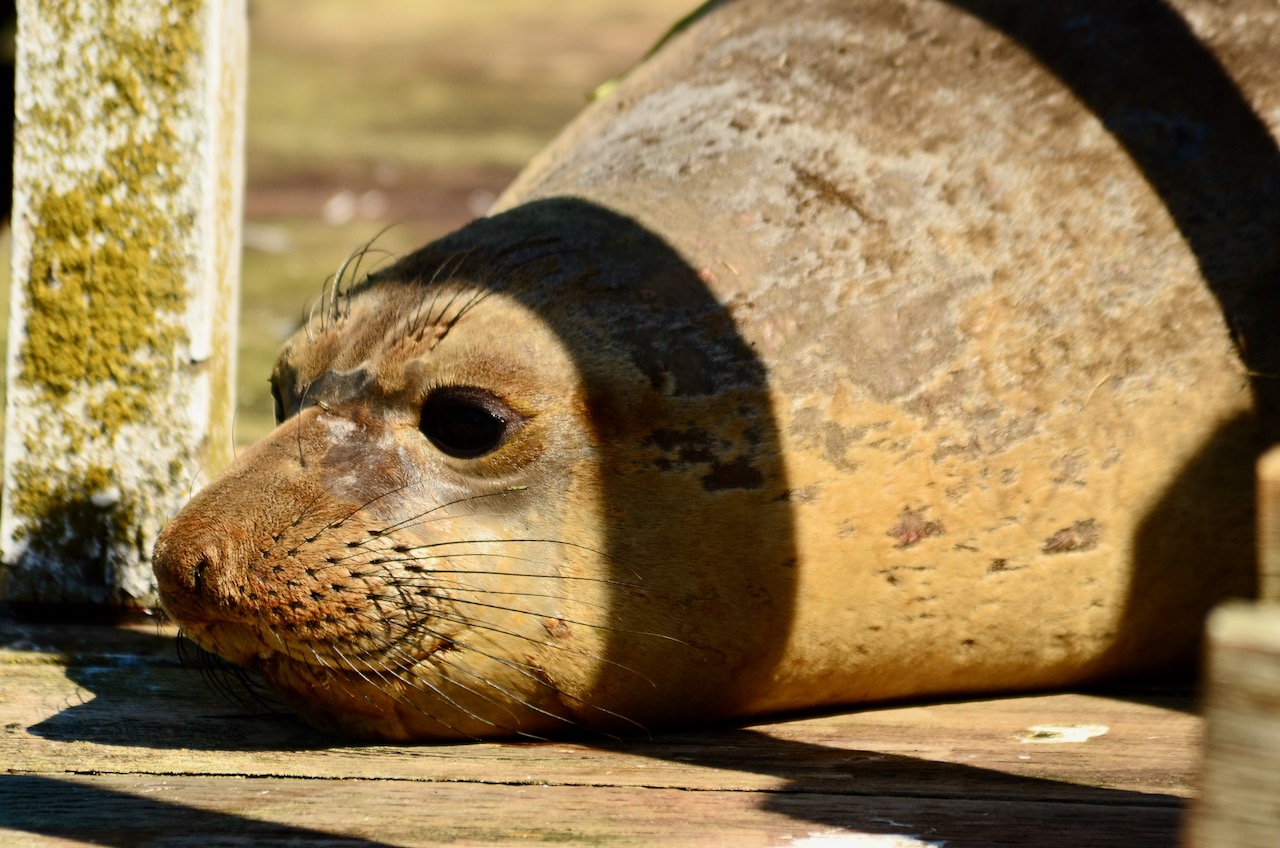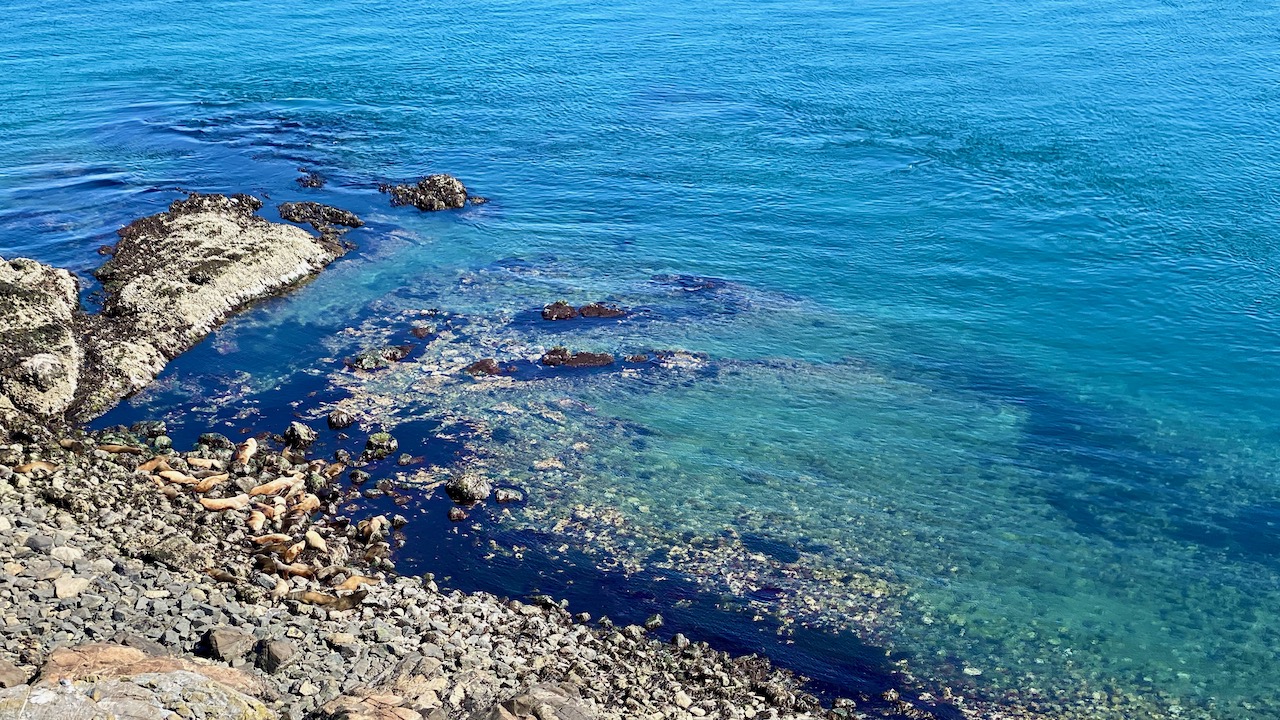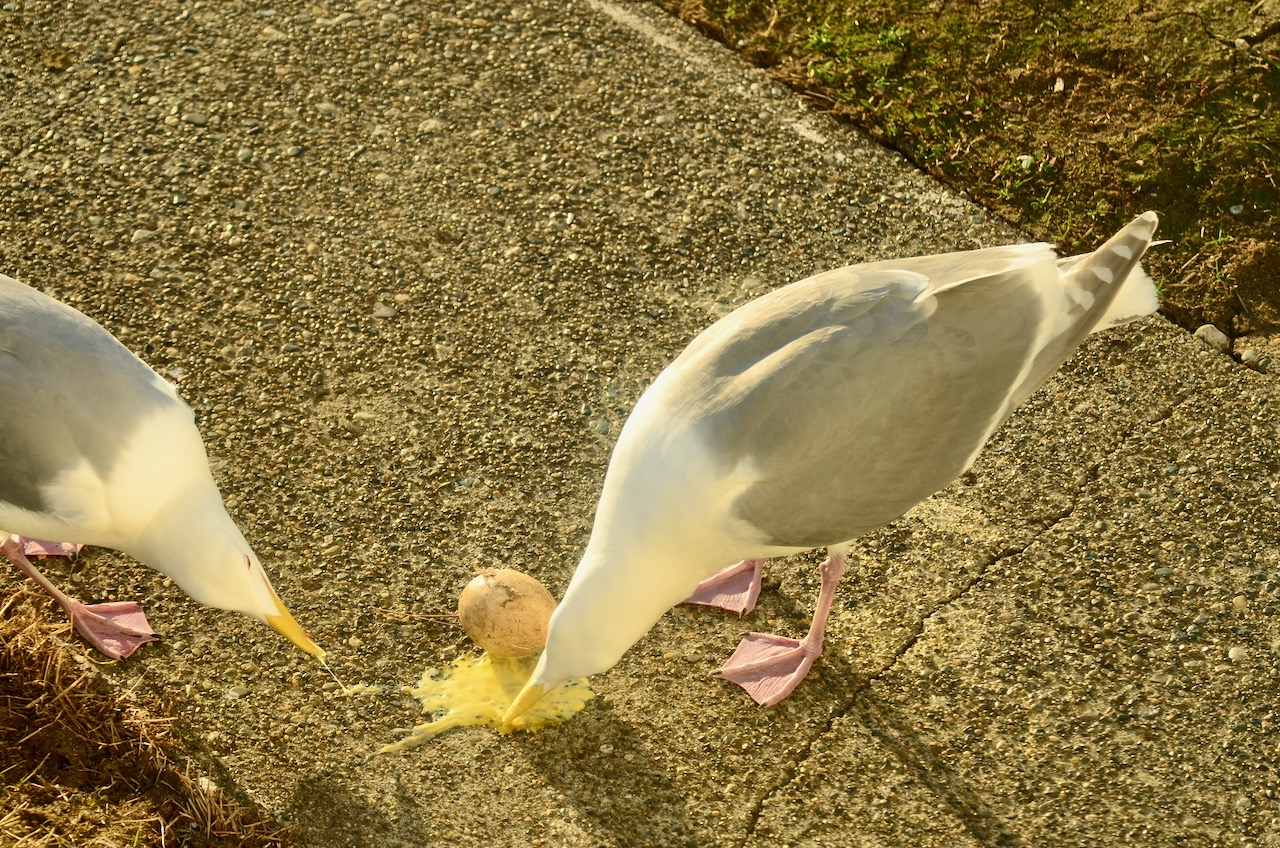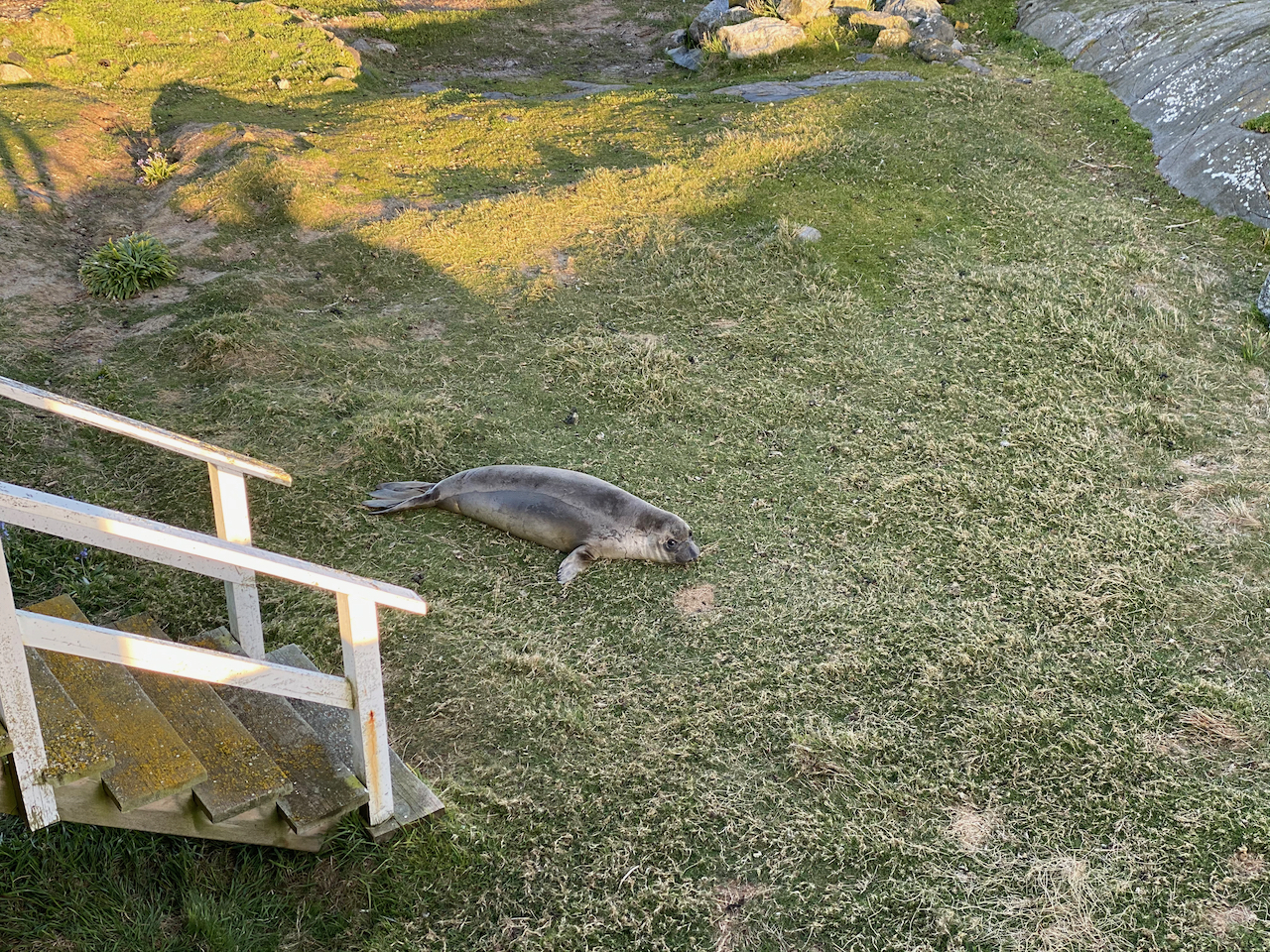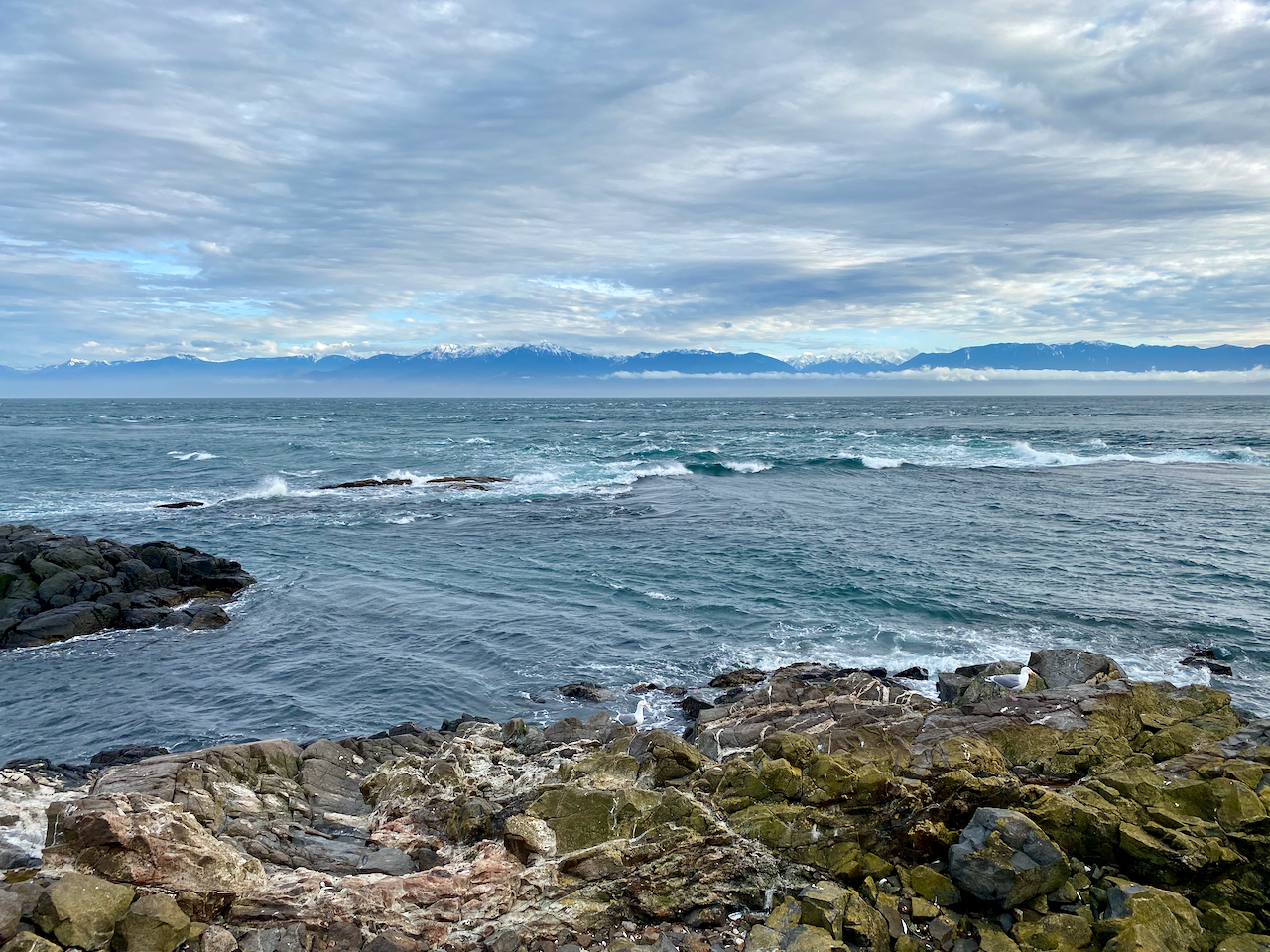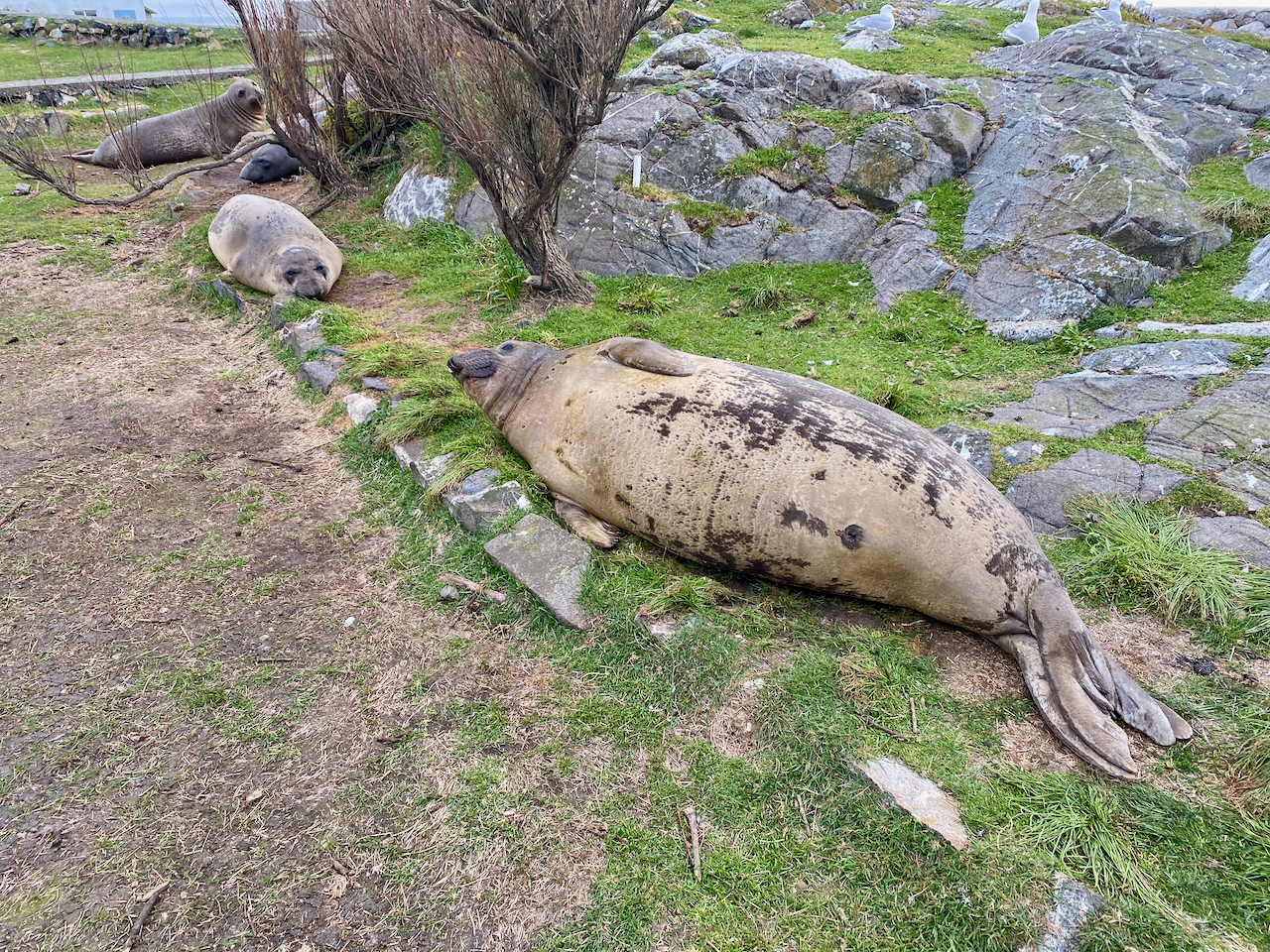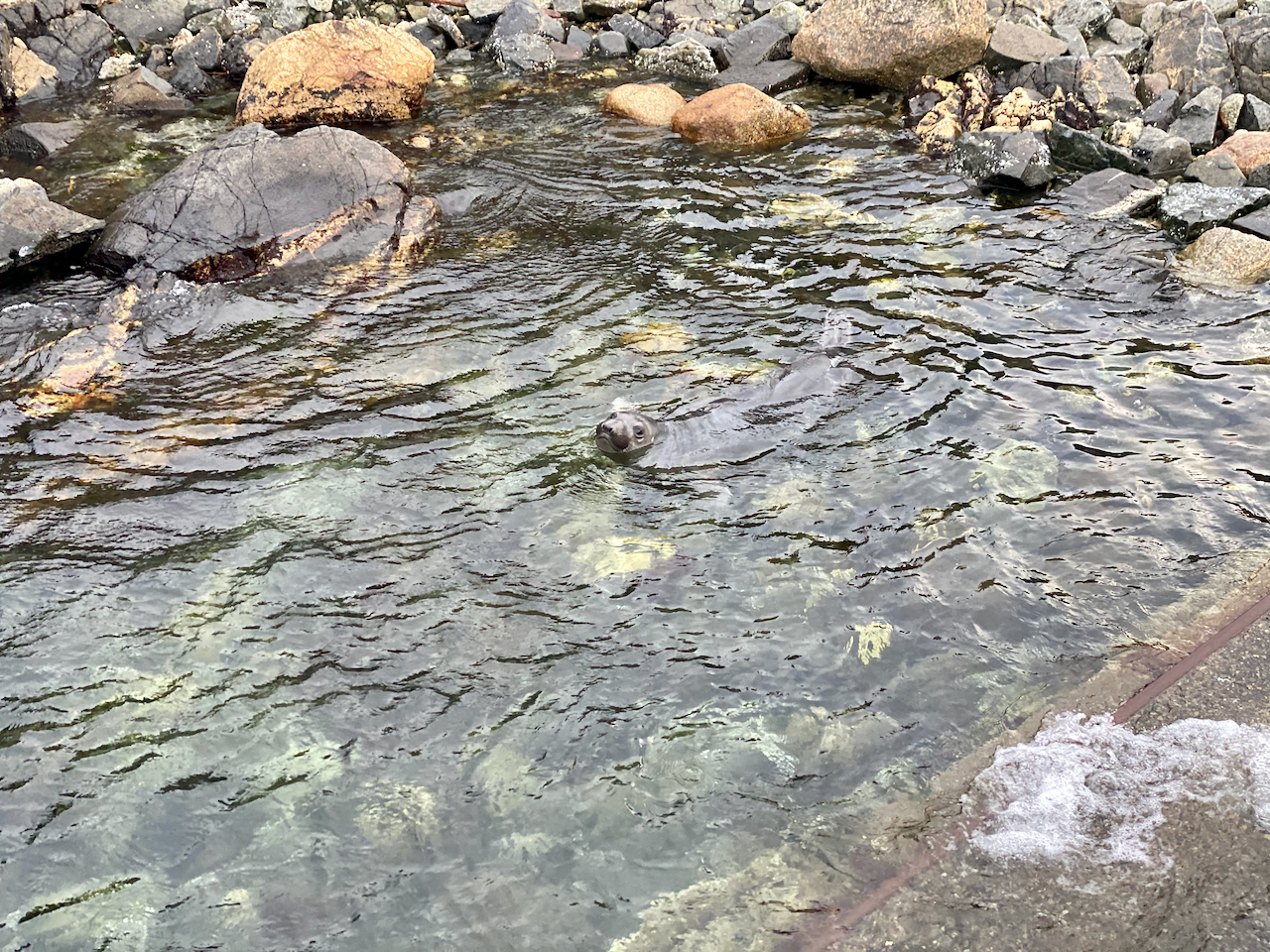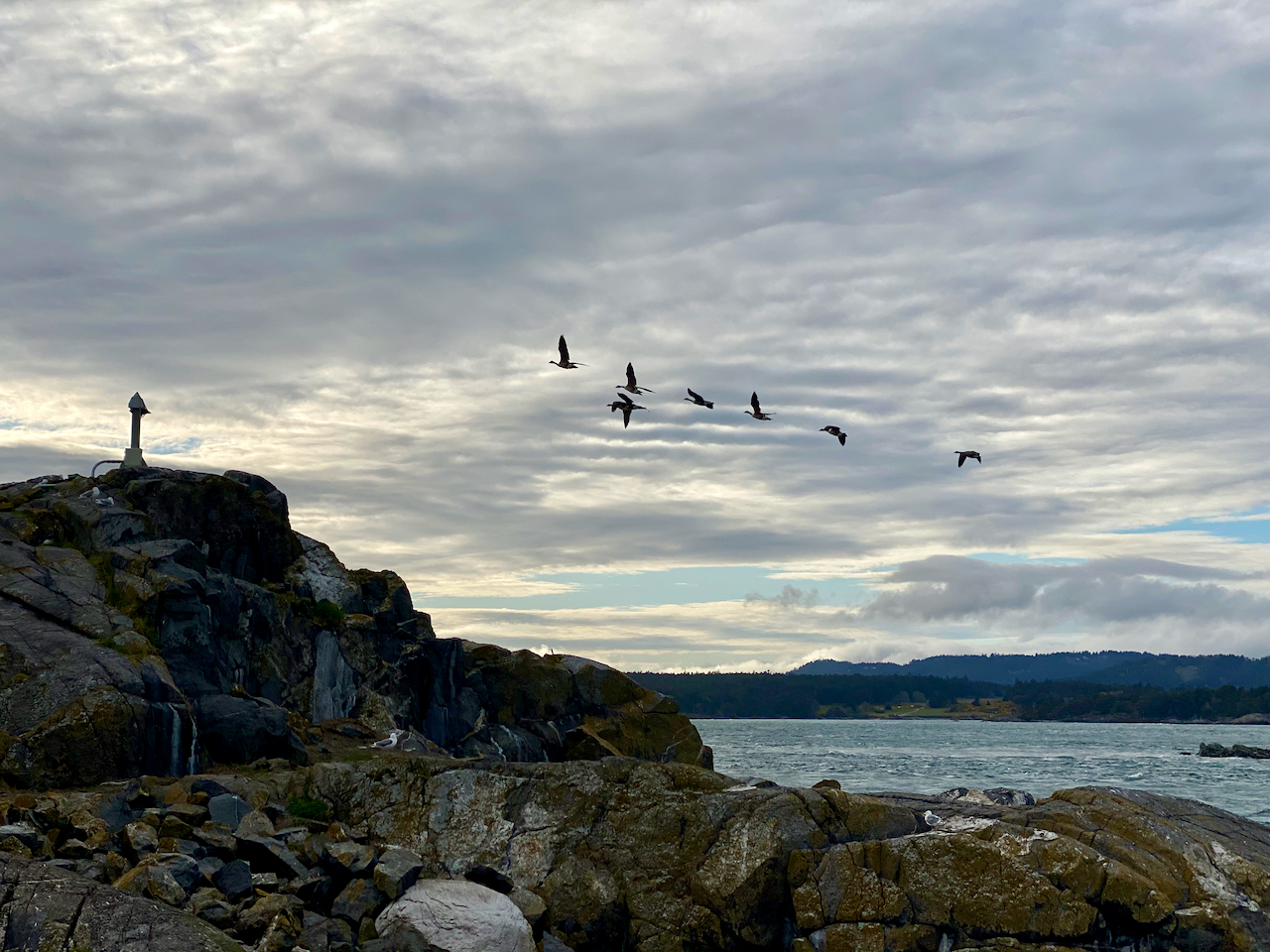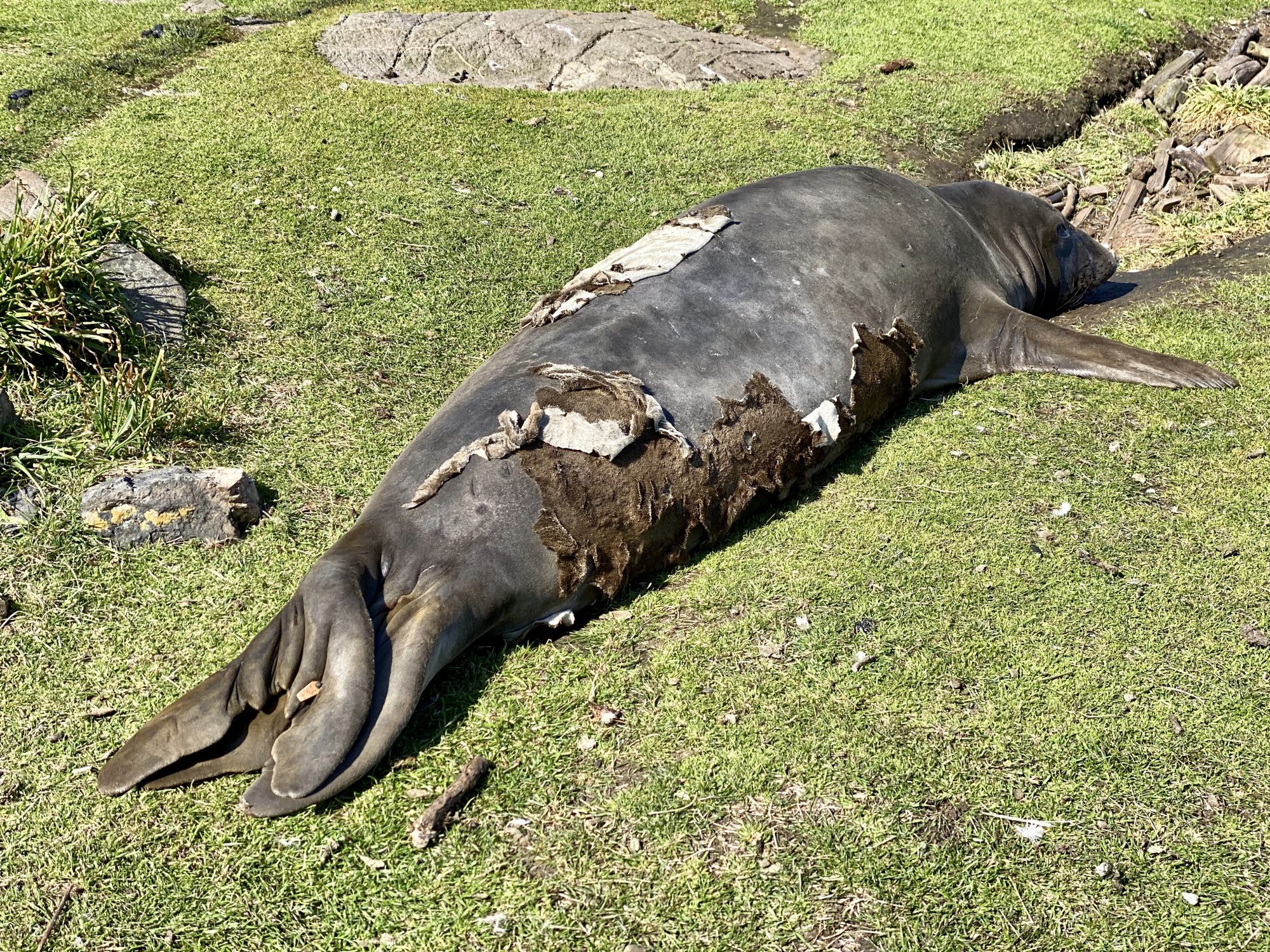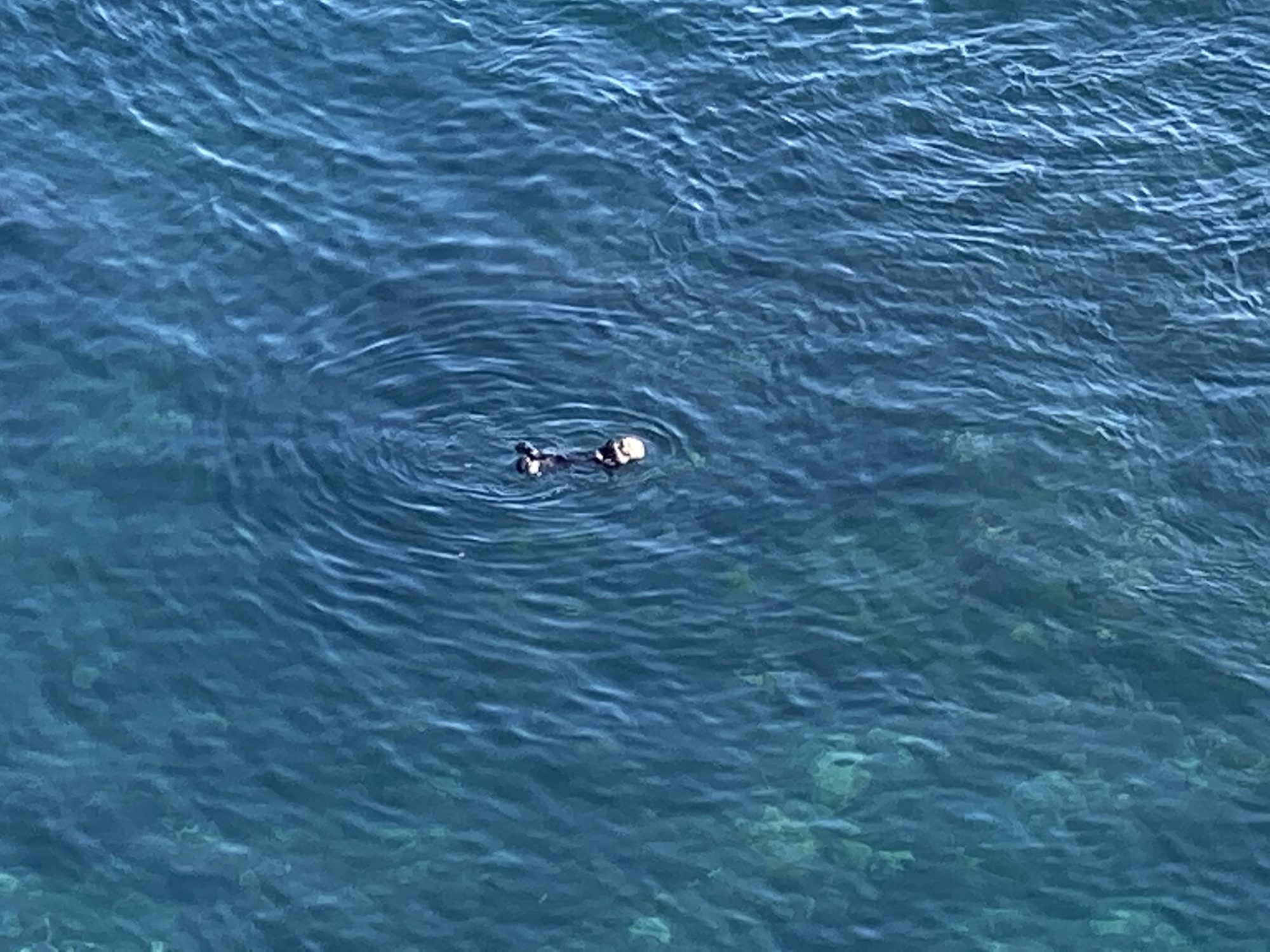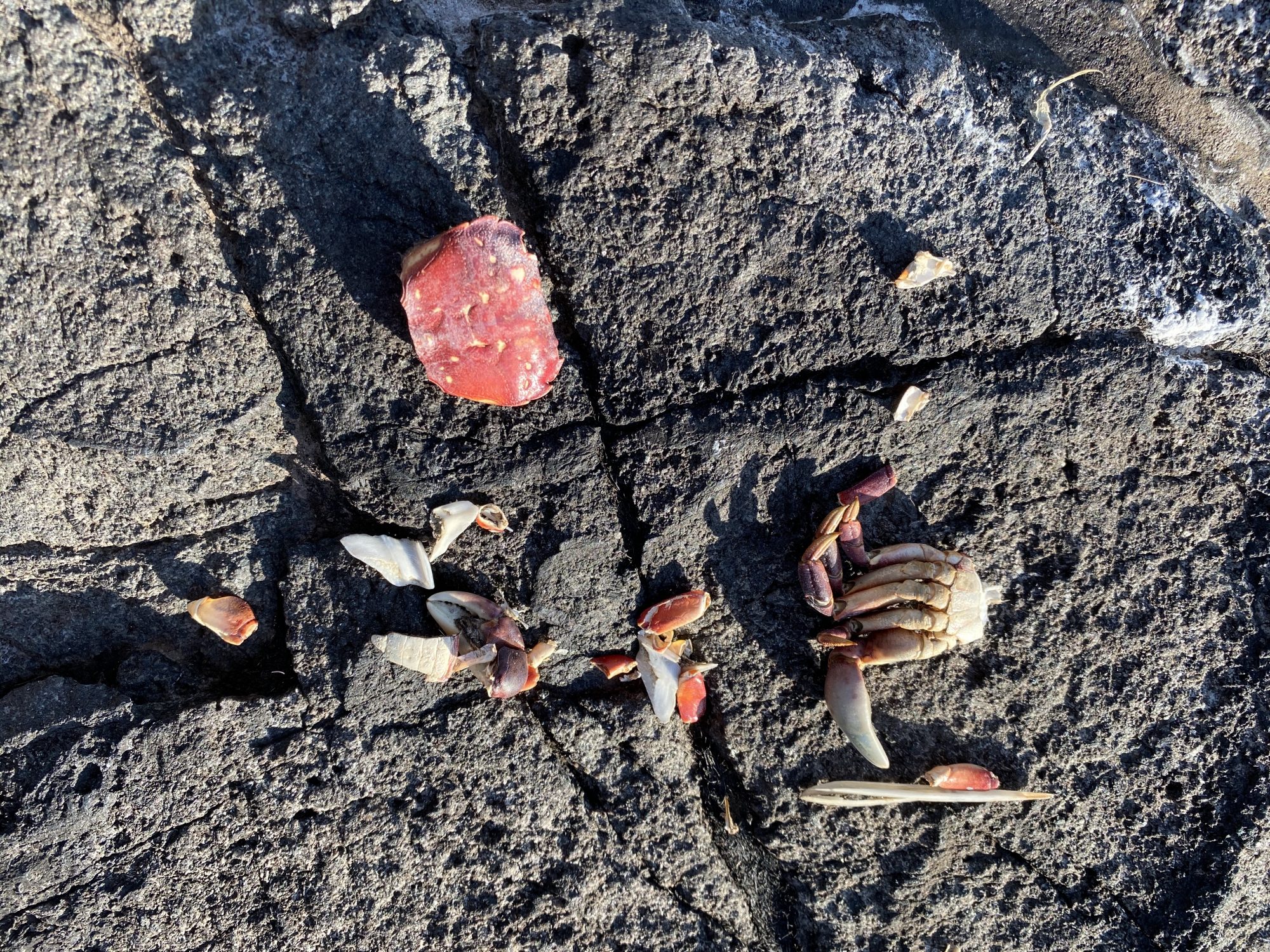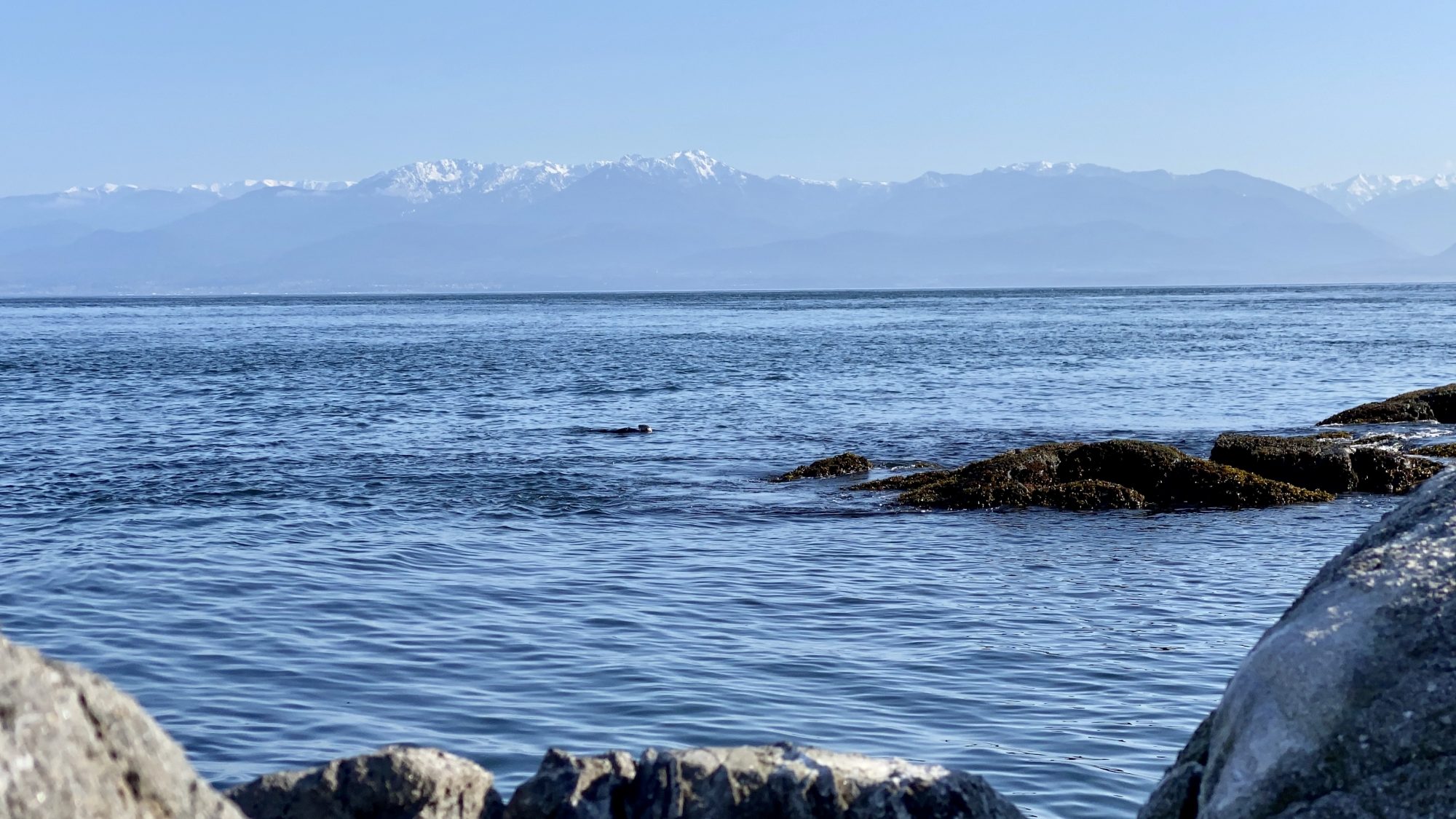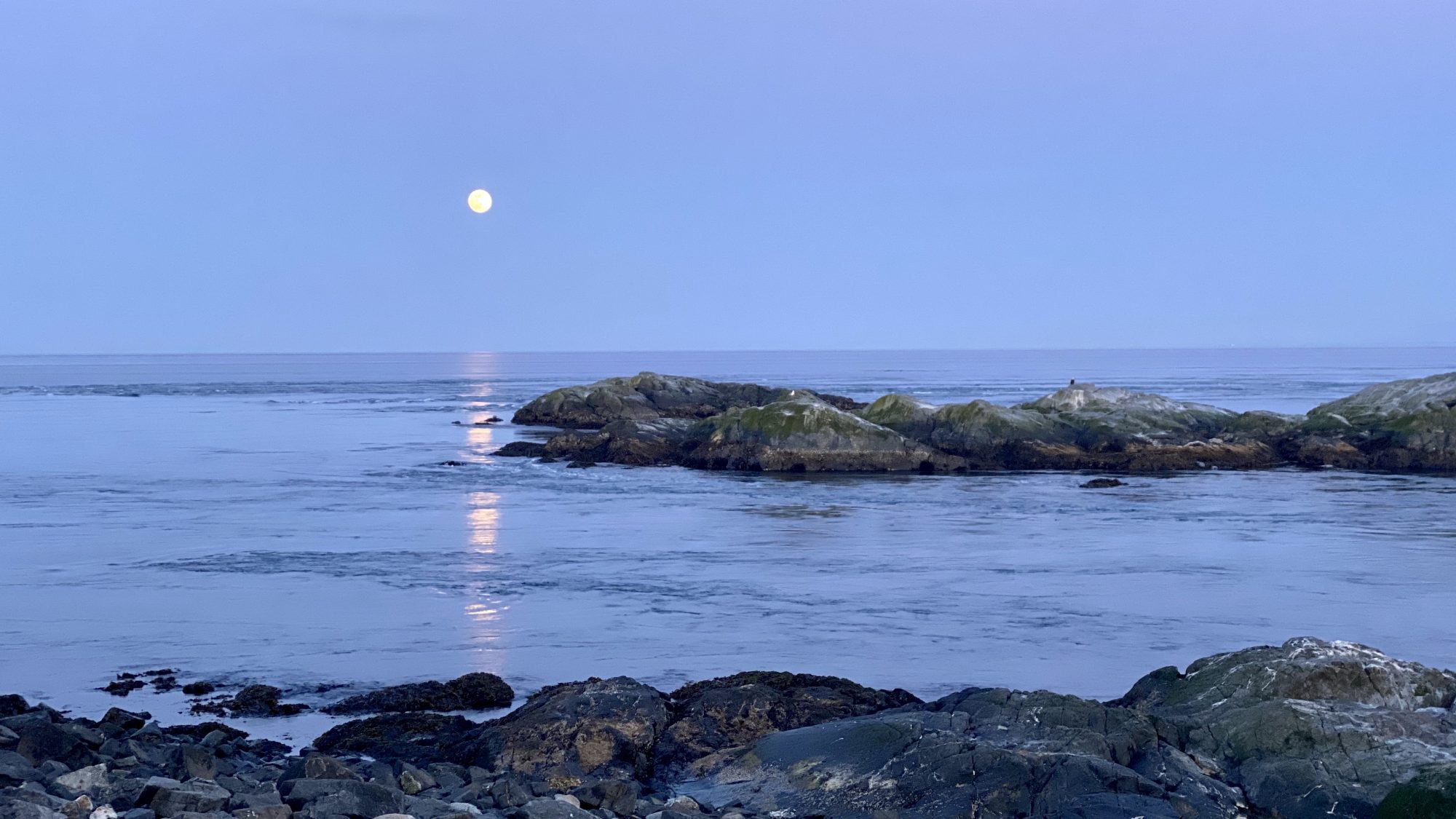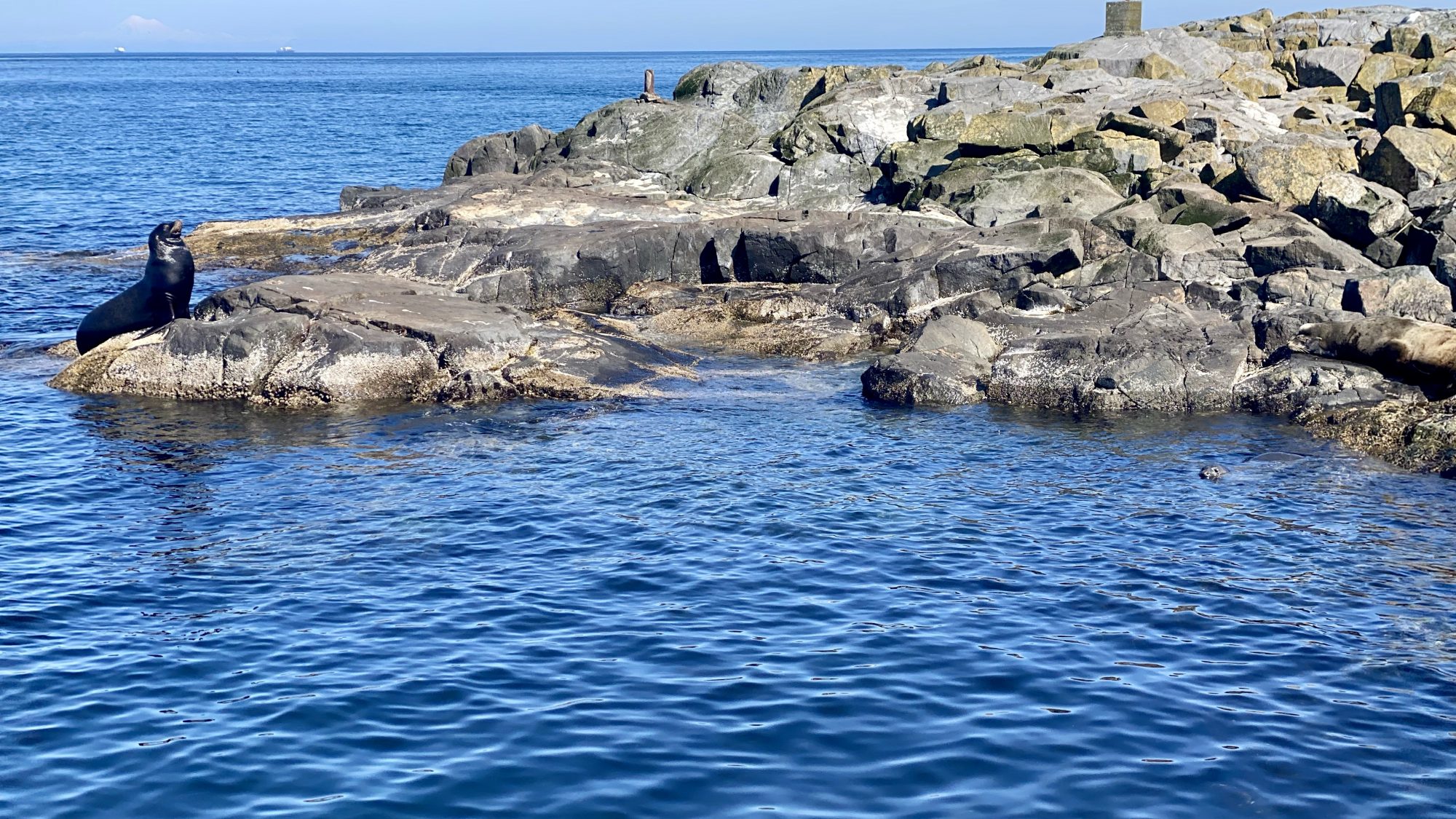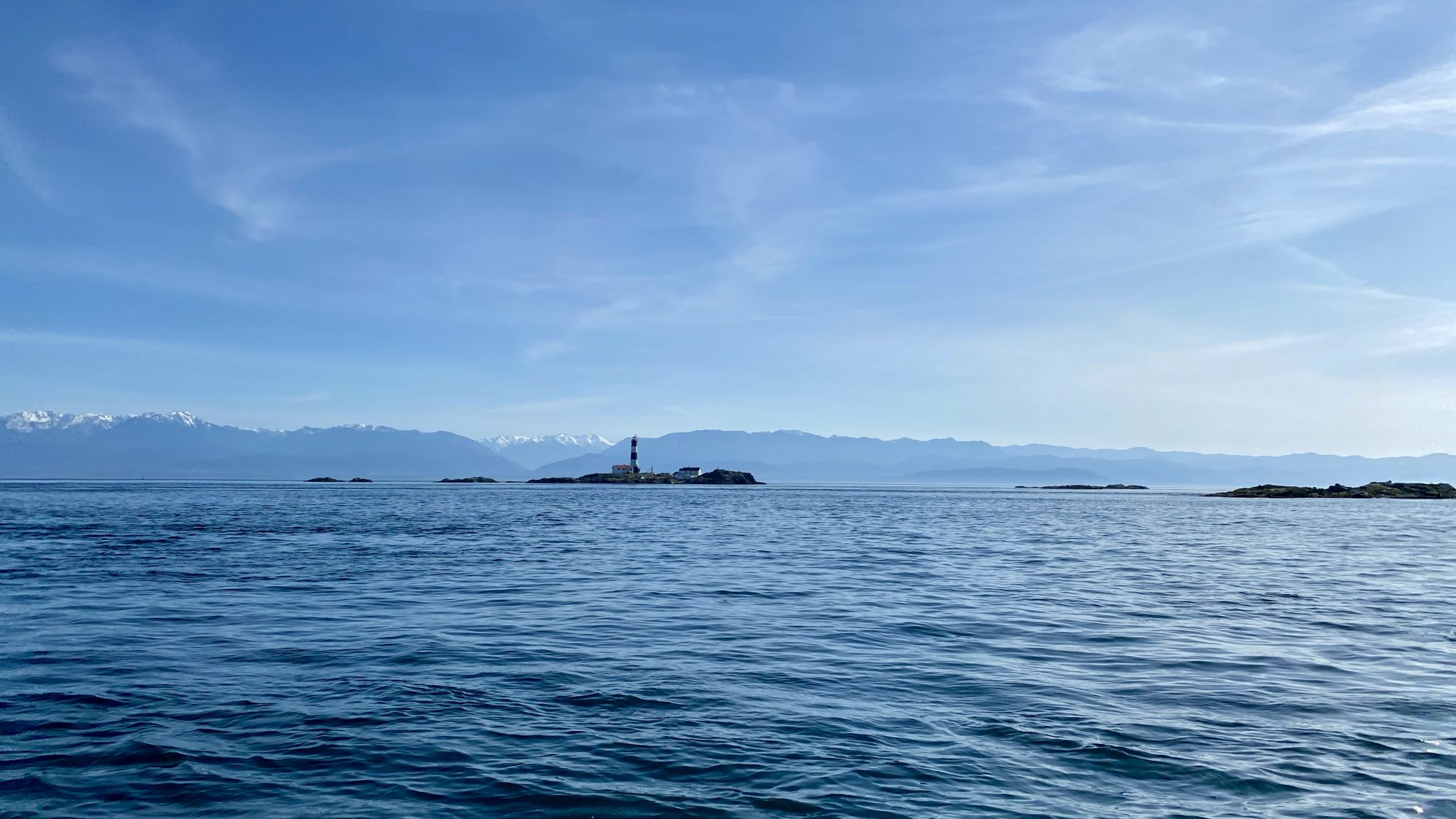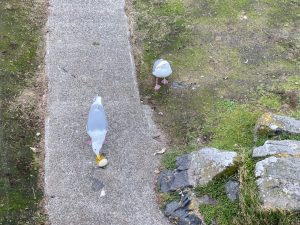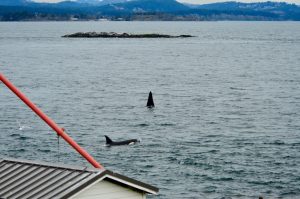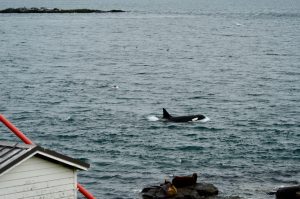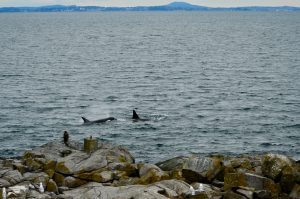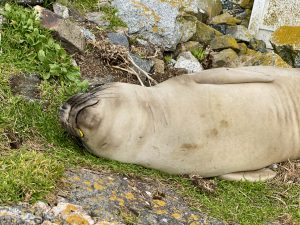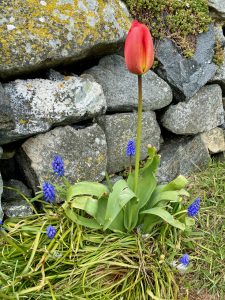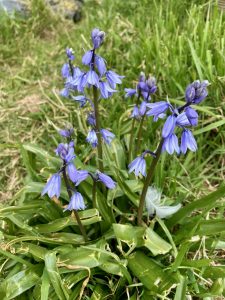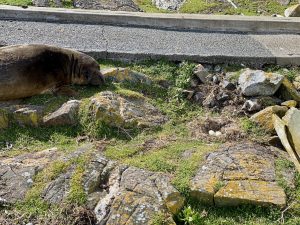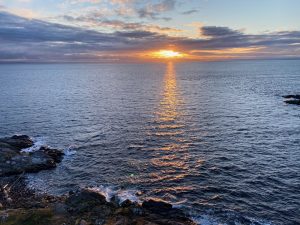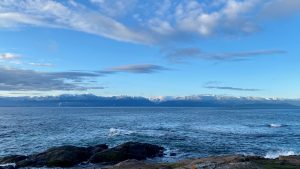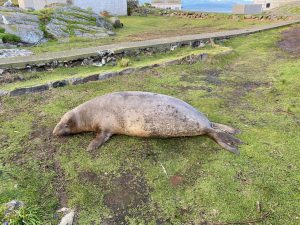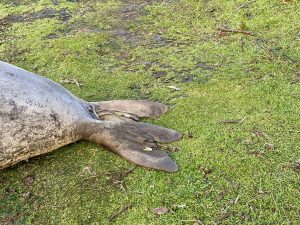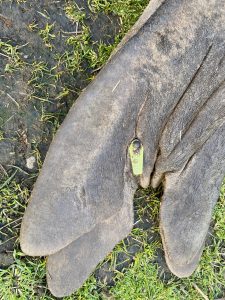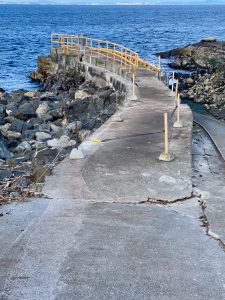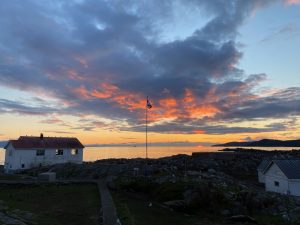Weather:
- Visibility 10 NM this morning, 15+ NM this afternoon
- Sky overcast in morning but clear this afternoon
- Wind 20-30 knots NW-NE
- Sea state: white caps (.25m), fast moving ripples
Visitors/Boats:
- Greg and Nick on Monday
- Greg and Nick on Tuesday
- Greg and a technician for generator maintenance on Wednesday
- Greg and Nick this afternoon (Thursday)
Aside from this there have been very few vessels aside from commercial/shipping traffic. Today a couple of sailboats passed by despite the astounding wind gusts (all a fair distance away).
Ecological:
- There have been 4 eagles in the reserve daily on average, both juvenile and adult. They typically perch on Rosedale Rock to our SE, but we have been spotting them on the webcam tower, crane, and diesel tank near the power building. The juvenile eagles seem to be more interested in Great Race Rock, while the adults tend to stick to the outcroppings. Occasionally they swoop over the reserve, prompting the seagulls to rise into the air to avoid becoming lunch!
- The geese continue to protect their nests but no new eggs have been observed.
- The elephant seals have settled to complete their moult, all in various stages. The remaining pup is still here, and spends most of its time on the jetty away from the others.
- There is a sea lion with a significant head/neck wound that we have been seeing daily. It looks like it has been tagged by the Vancouver Aquarium, so we are wondering if it has been disentangled and tagged at the same time.
- Yesterday we spotted a killdeer, a type of plover. We’ve never seen one here before!
Repairs/Maintenance:
- We filled the underground cistern with sea water to be desalinated (pumped using the fire pump and fire hoses).
- To maximize our solar intake we have been keeping the solar panels as clean as possible (when they are covered in bird waste they create much less power).
-
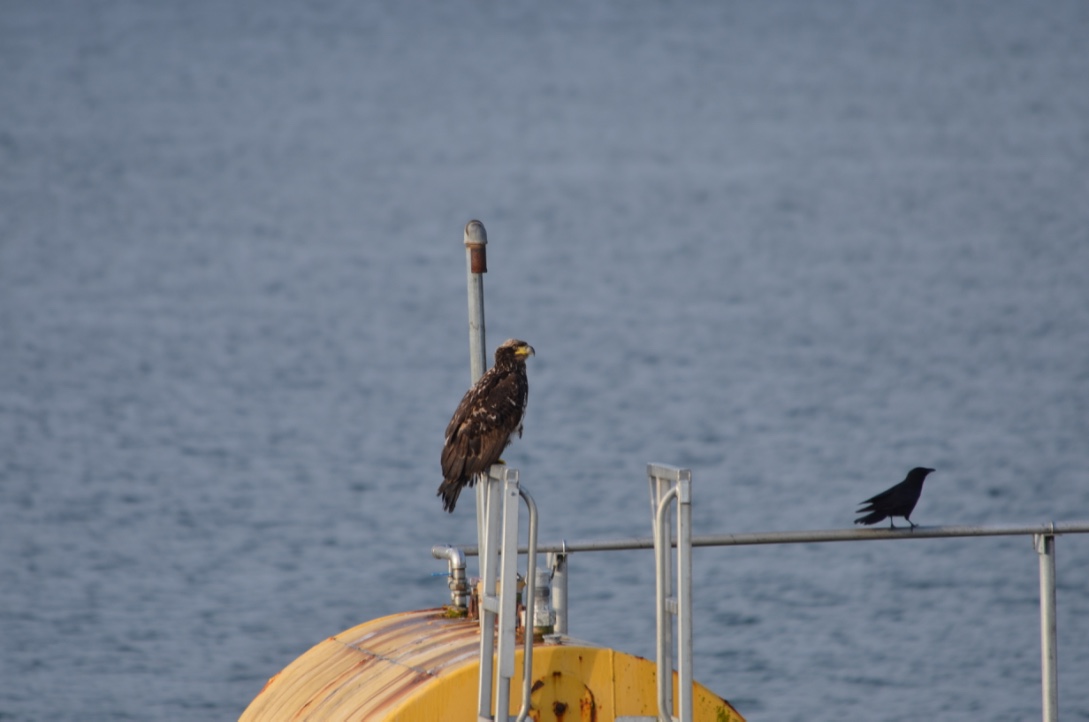
Juvenile eagle on diesel tank -
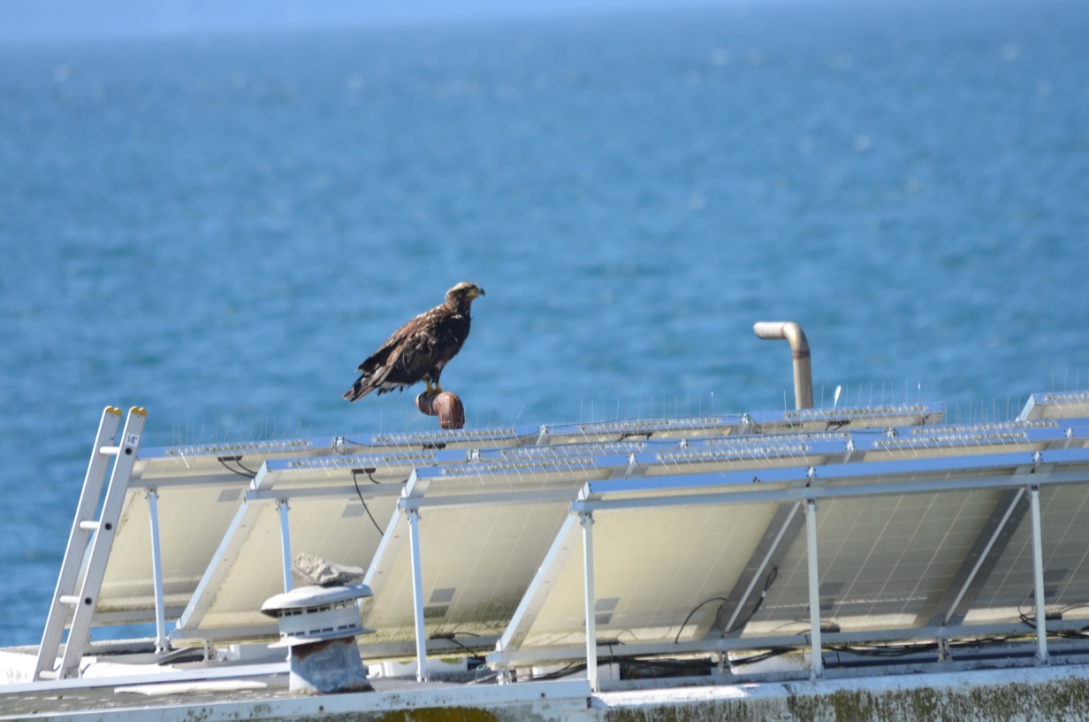
Juvenile eagle on power building -
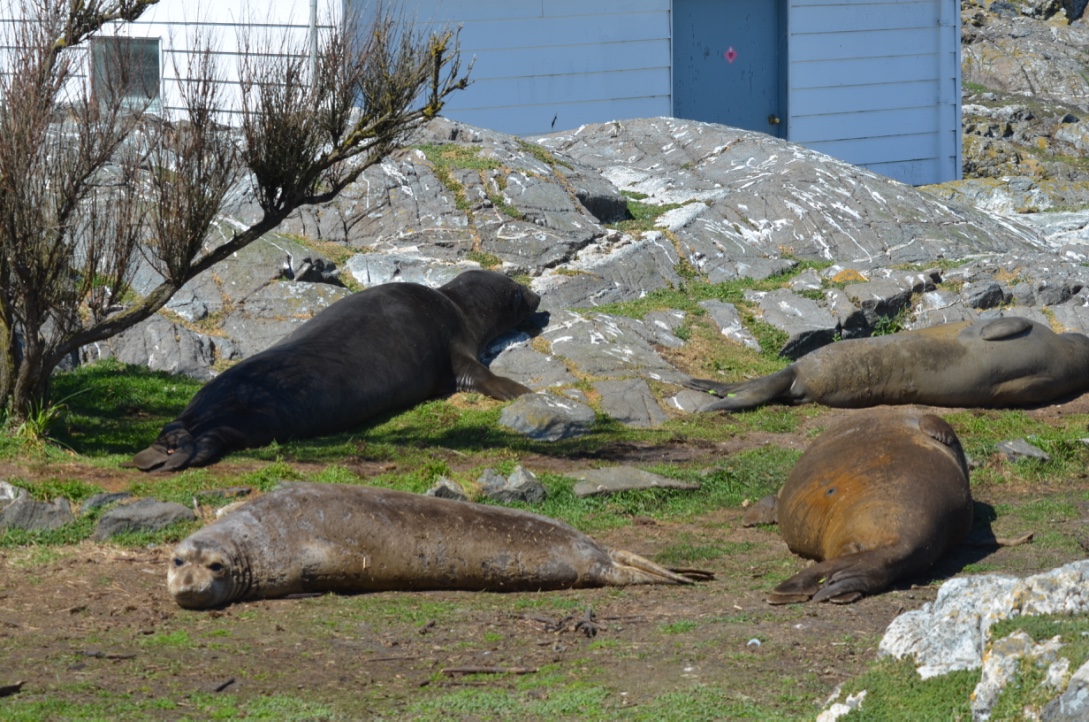
The gang -
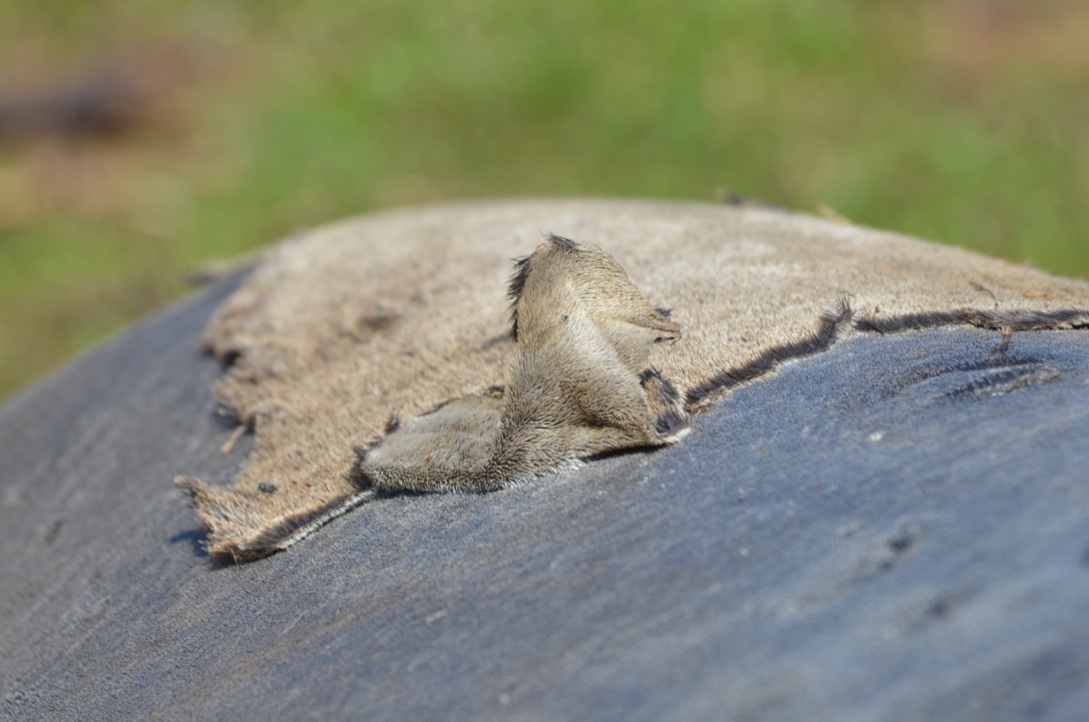
Moulting elephant seal skin and fur -
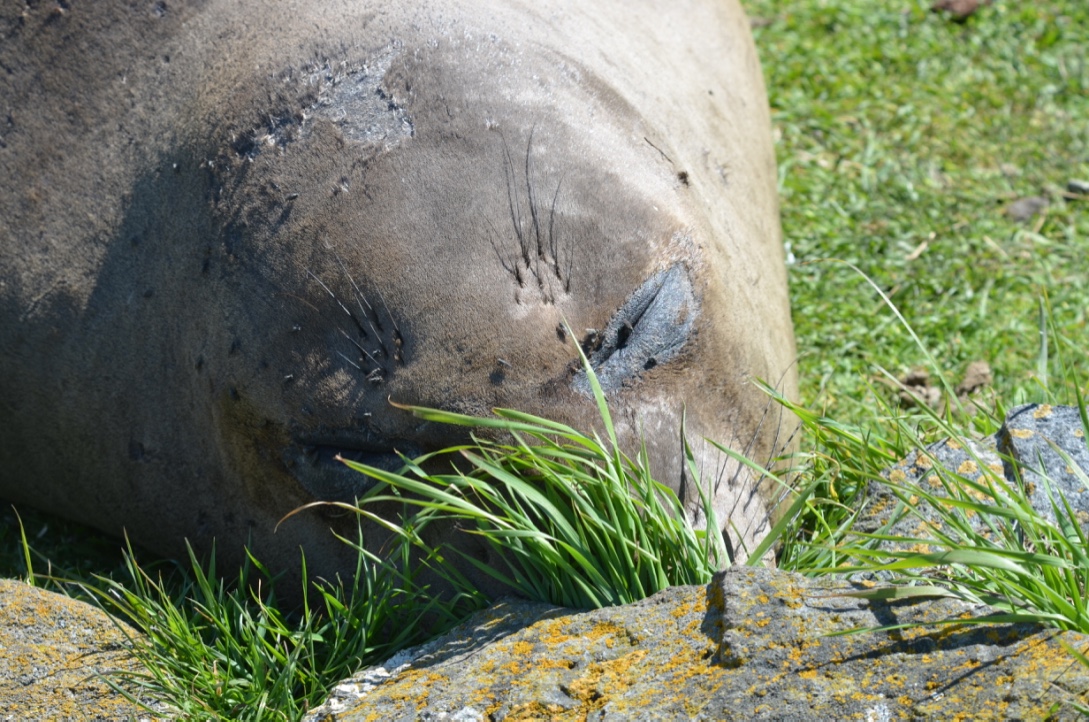
-
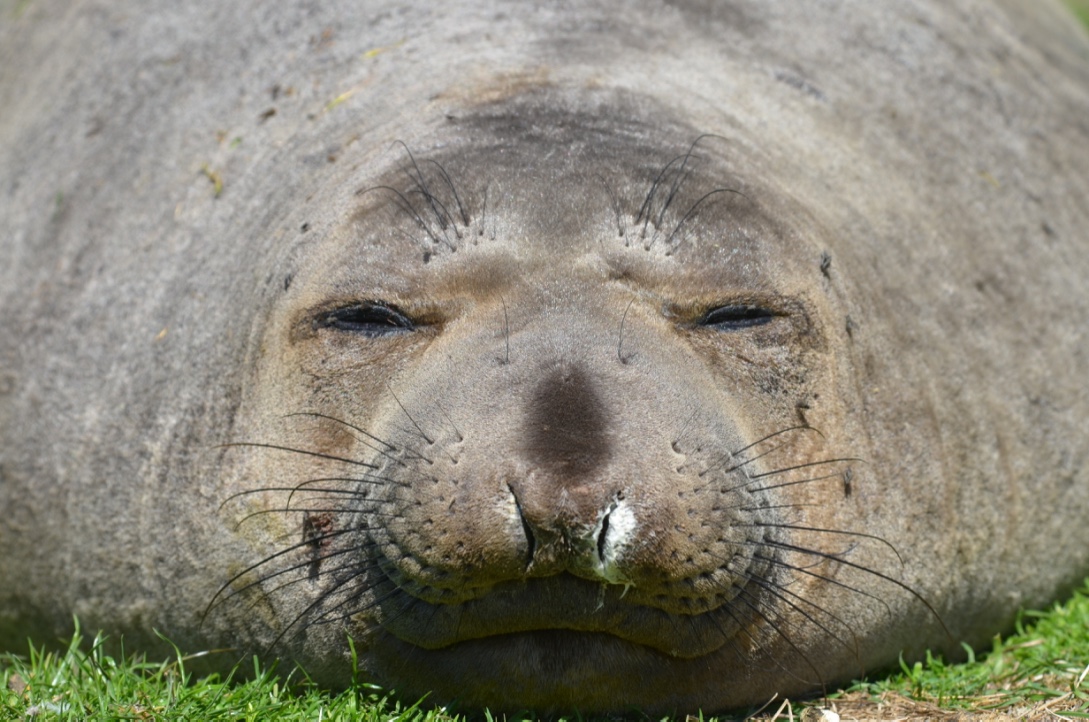
-
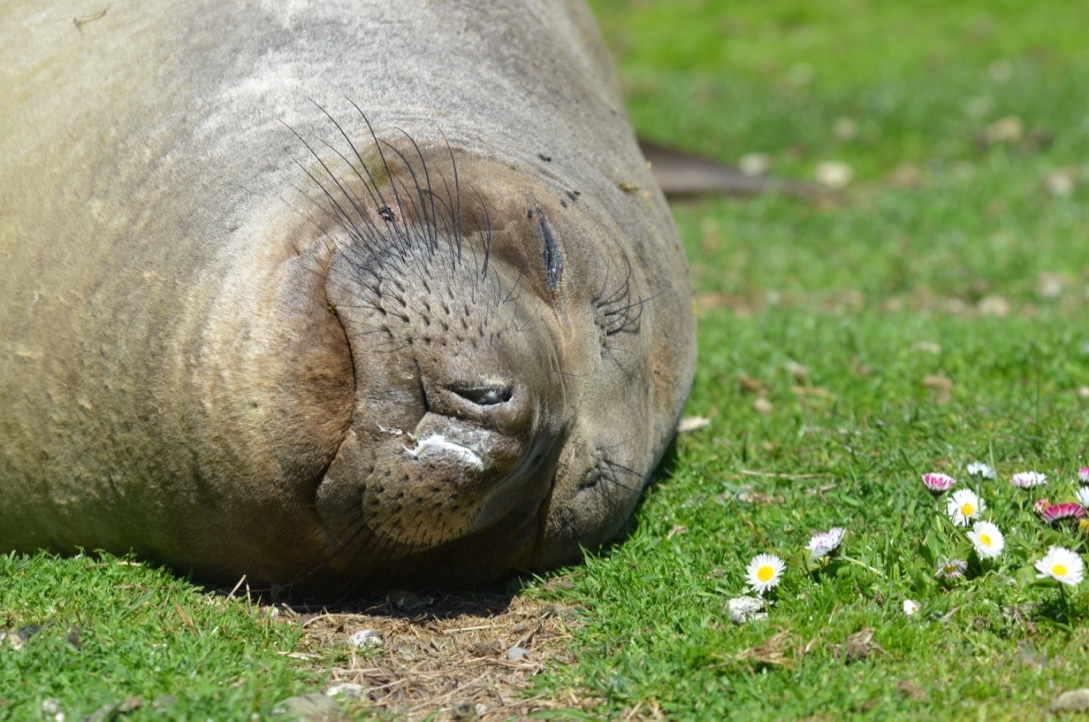
-
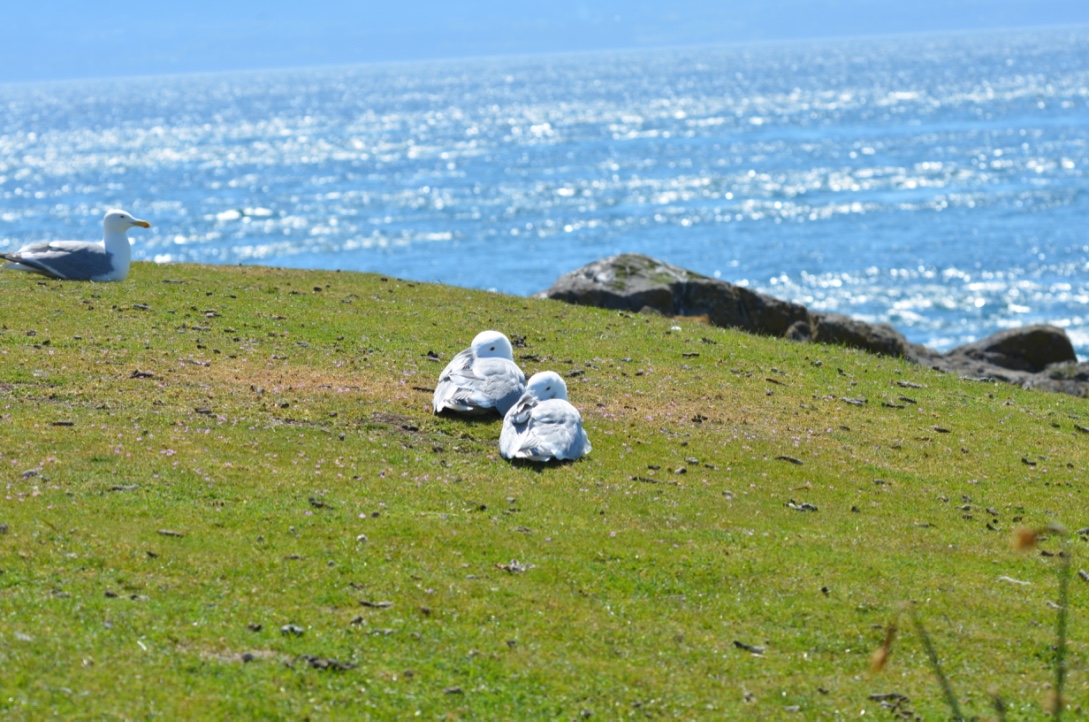
The gulls continue to arrive for nesting… -
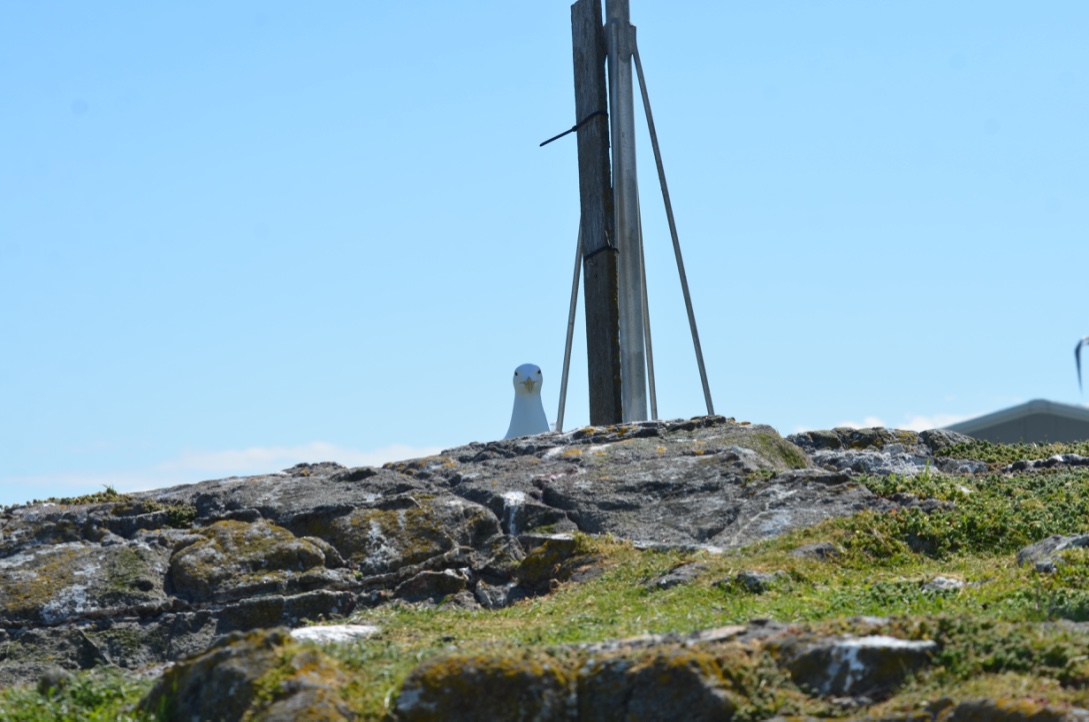
… and defend their territory fiercely! -
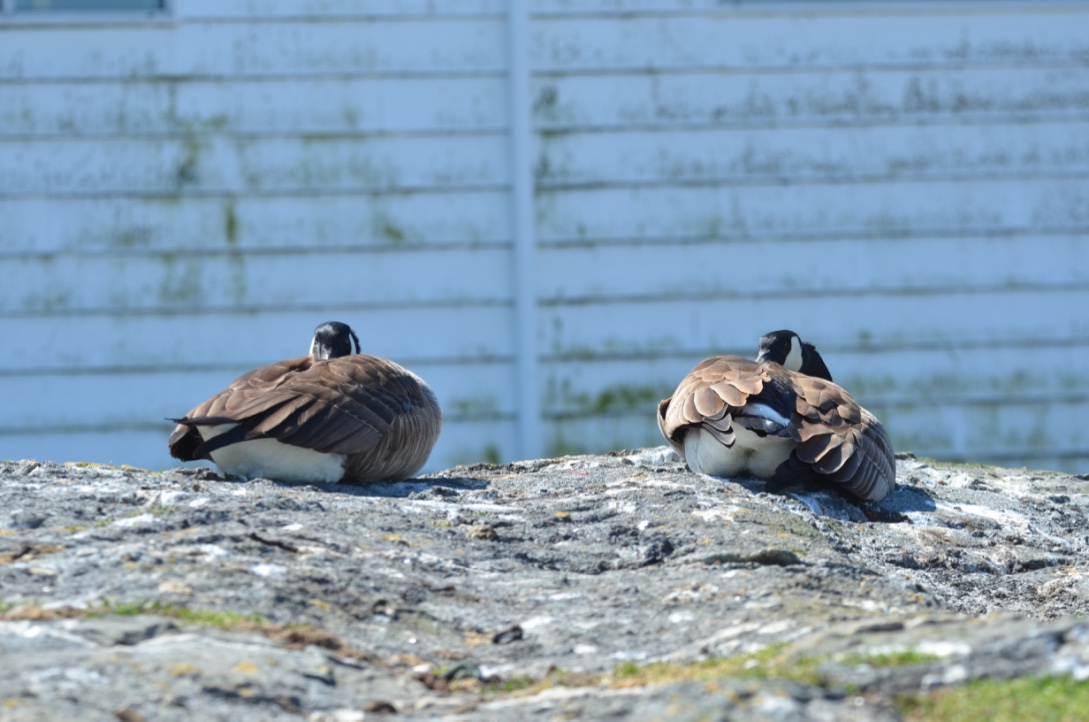
a breeding pair of geese resting -
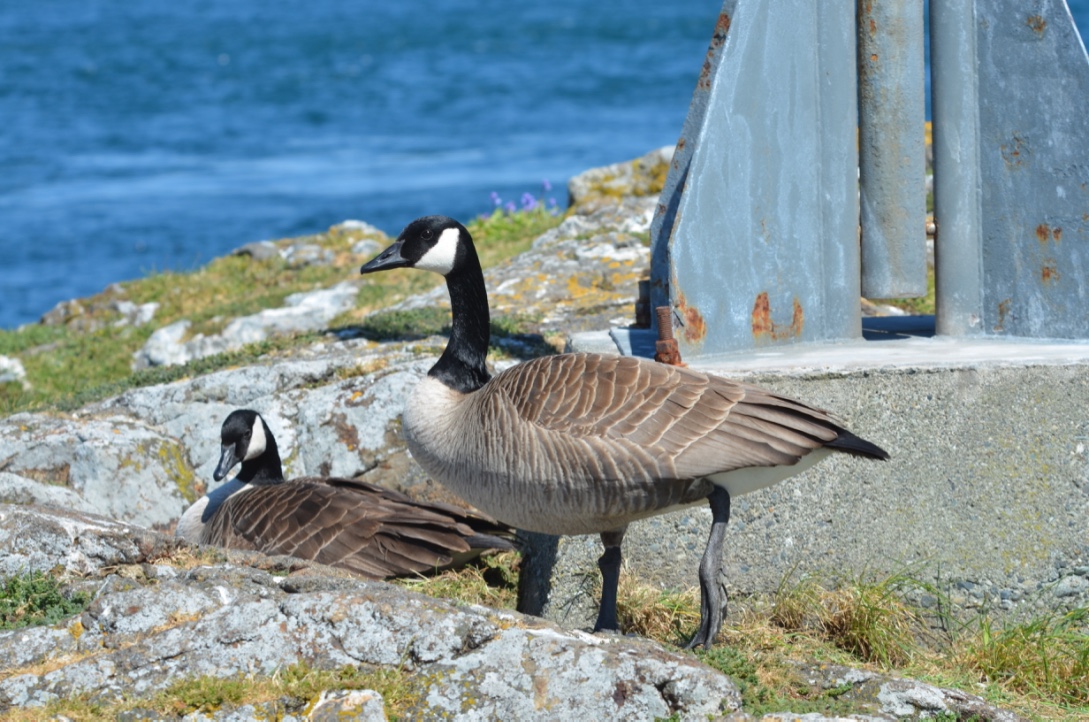
This one has a sore leg from a fight! -
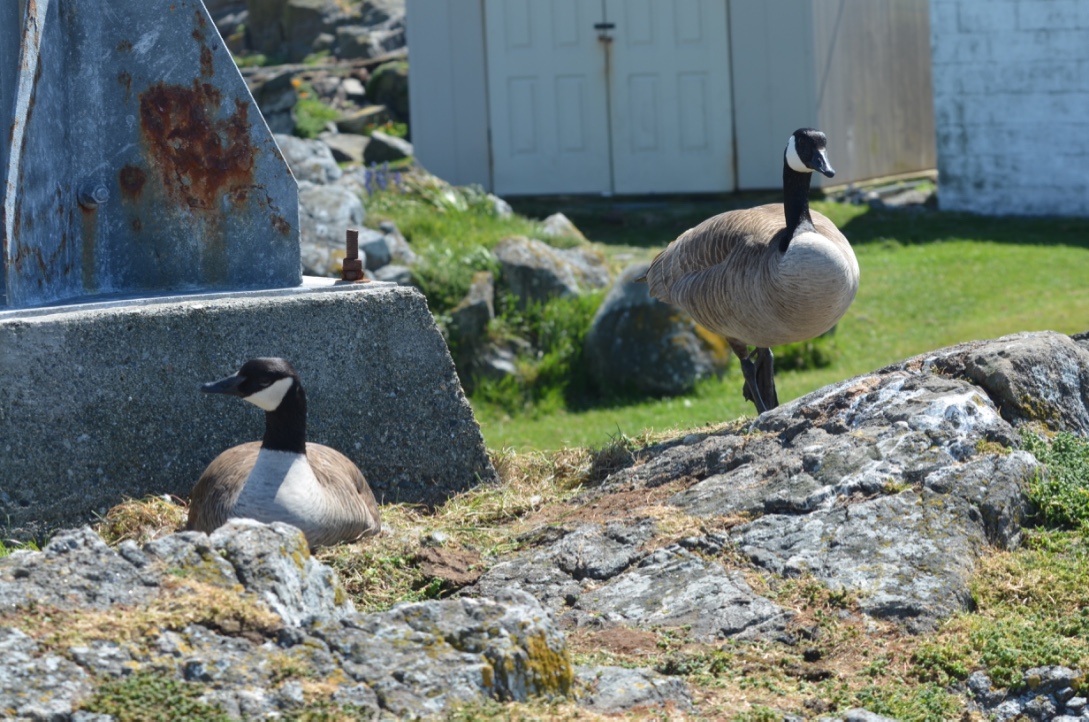
The youngest nest -
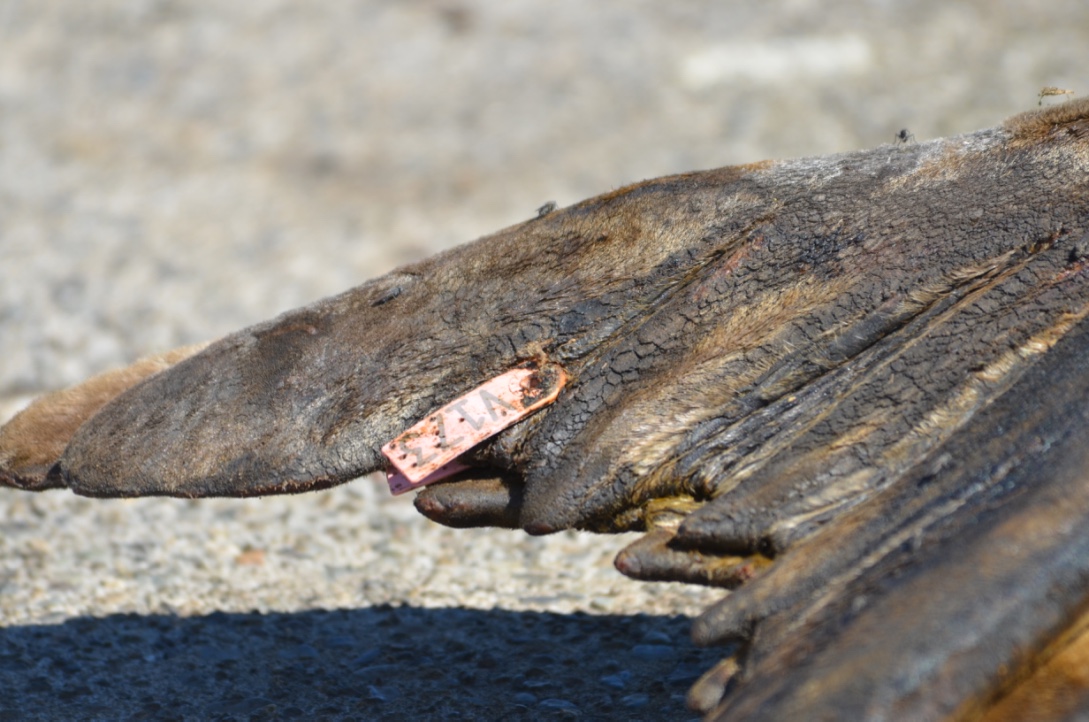
Tag of the latest arrived elephant seal -
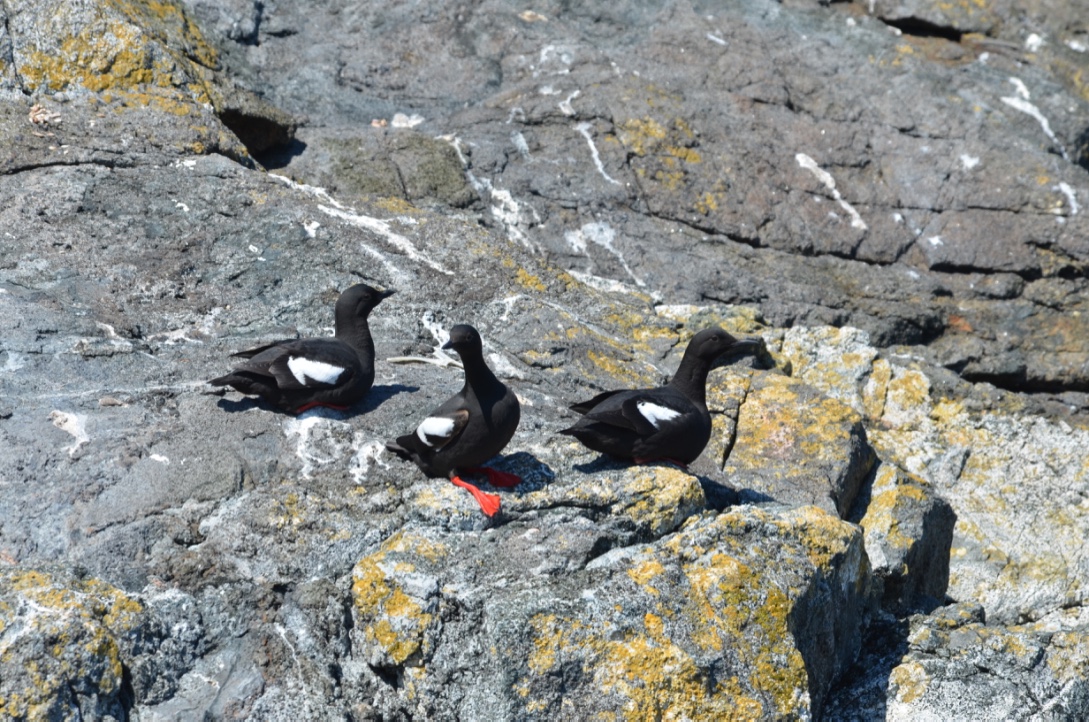
Pigeon Guillemot -
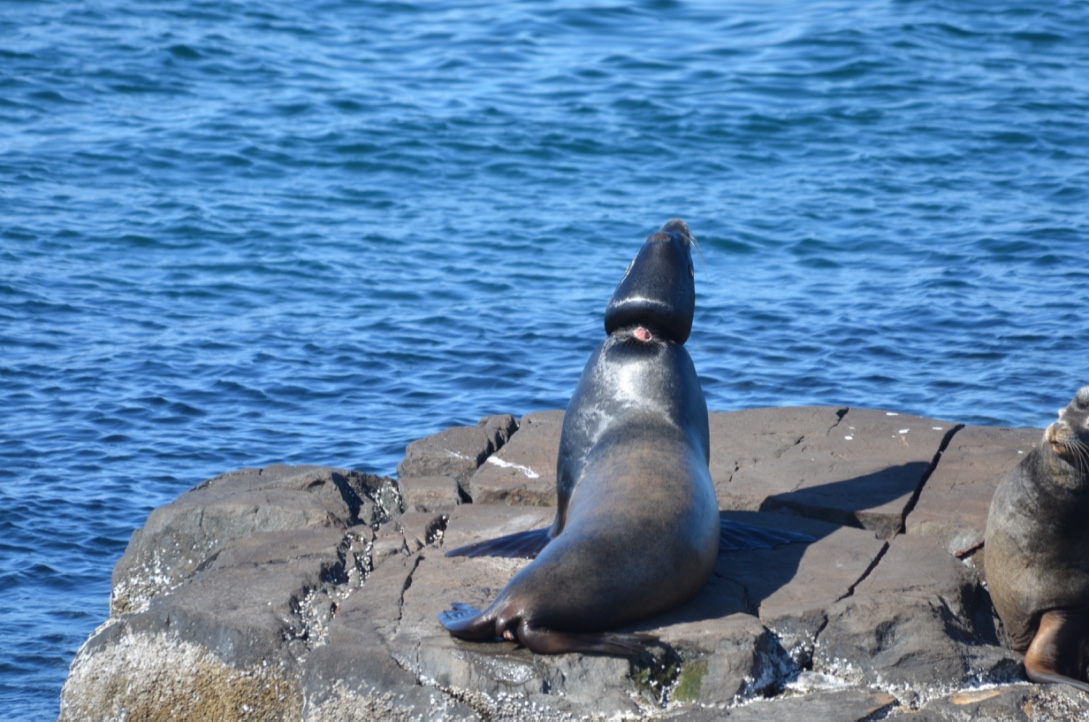
Sea lion with healing entanglement wound -
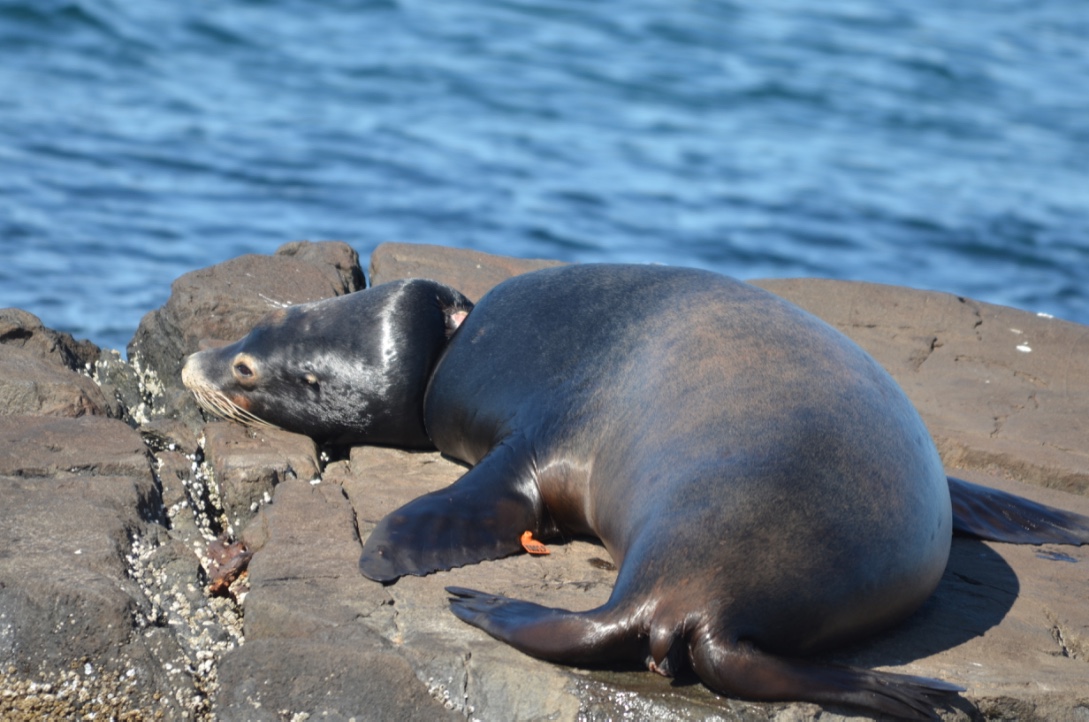
-
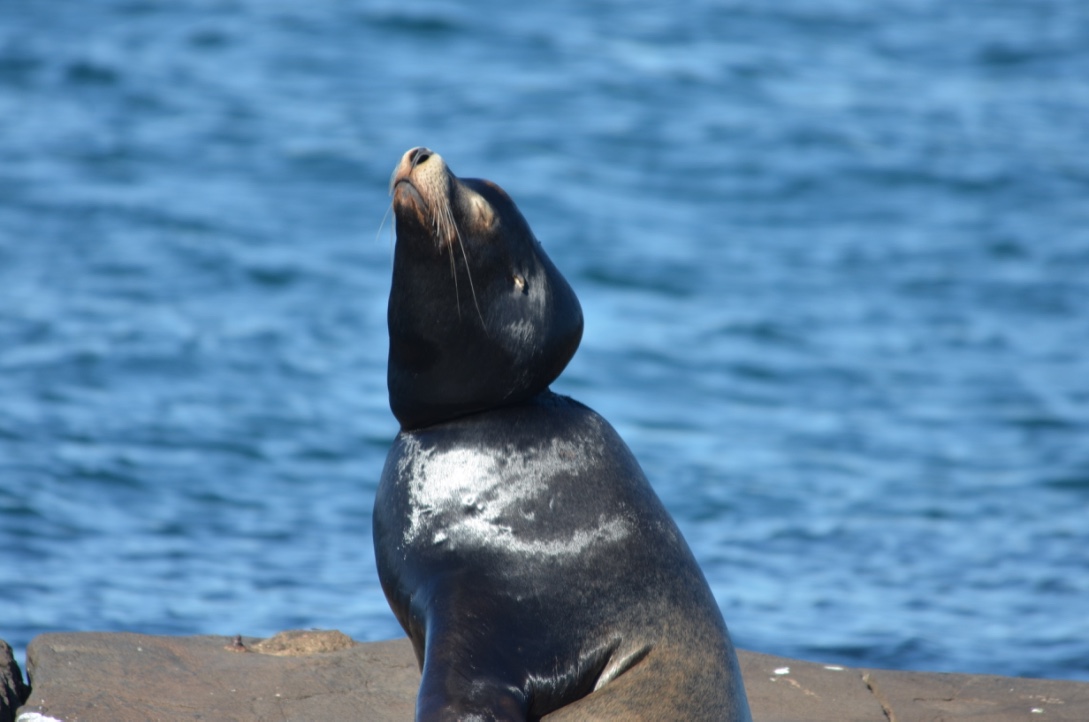
-
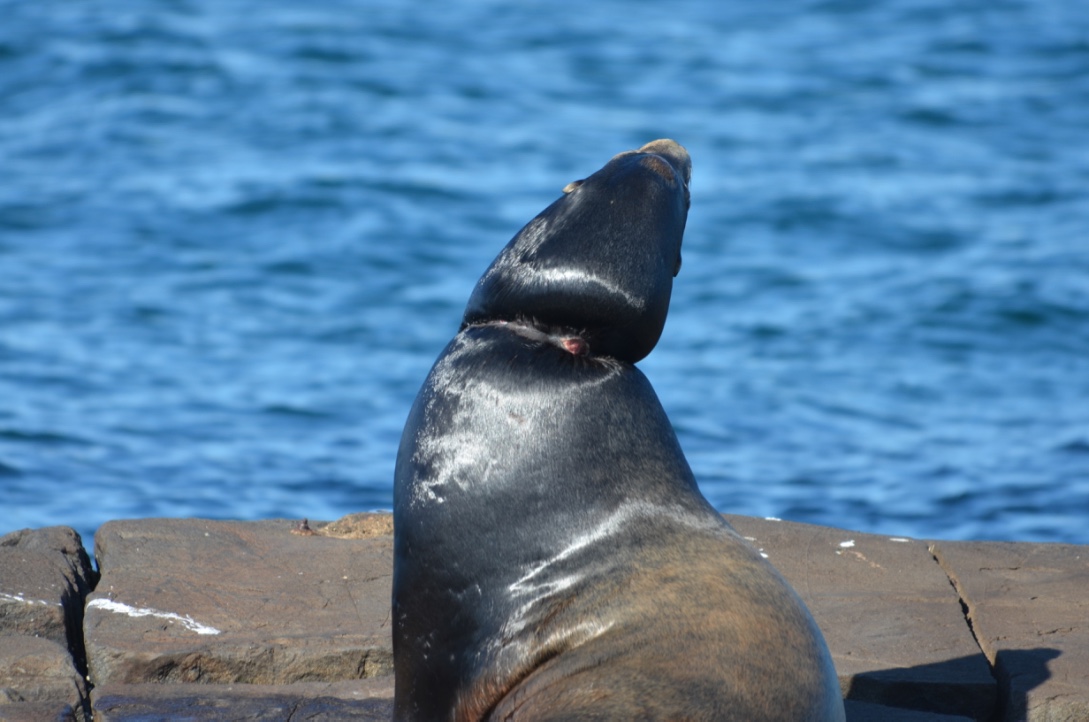
-
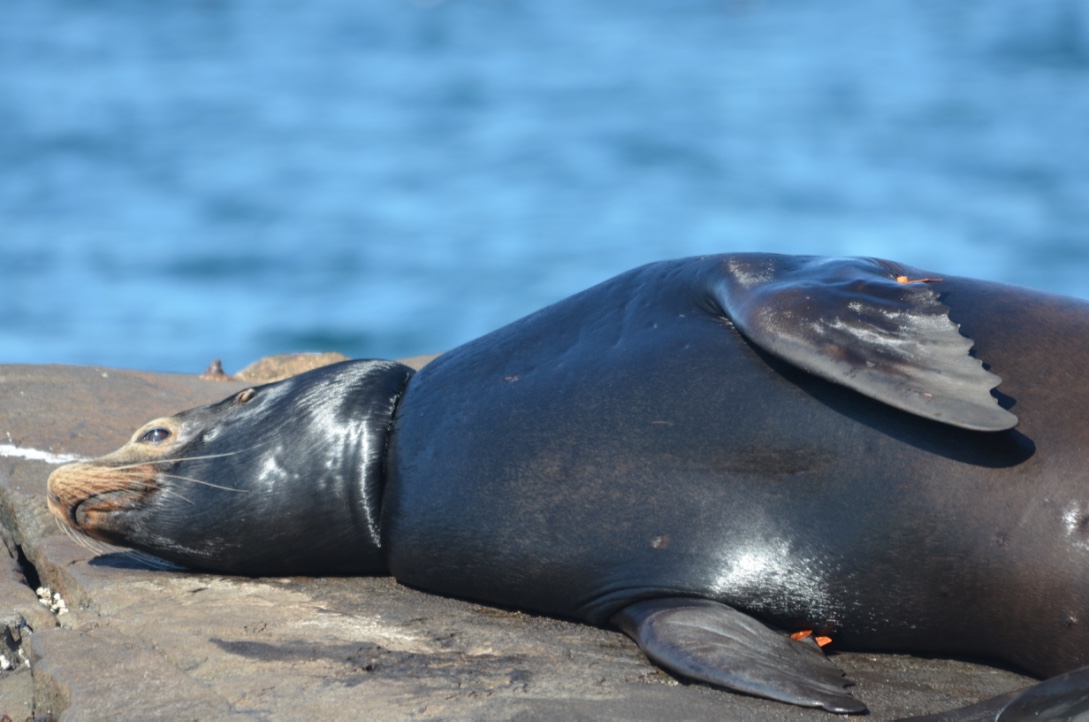
-
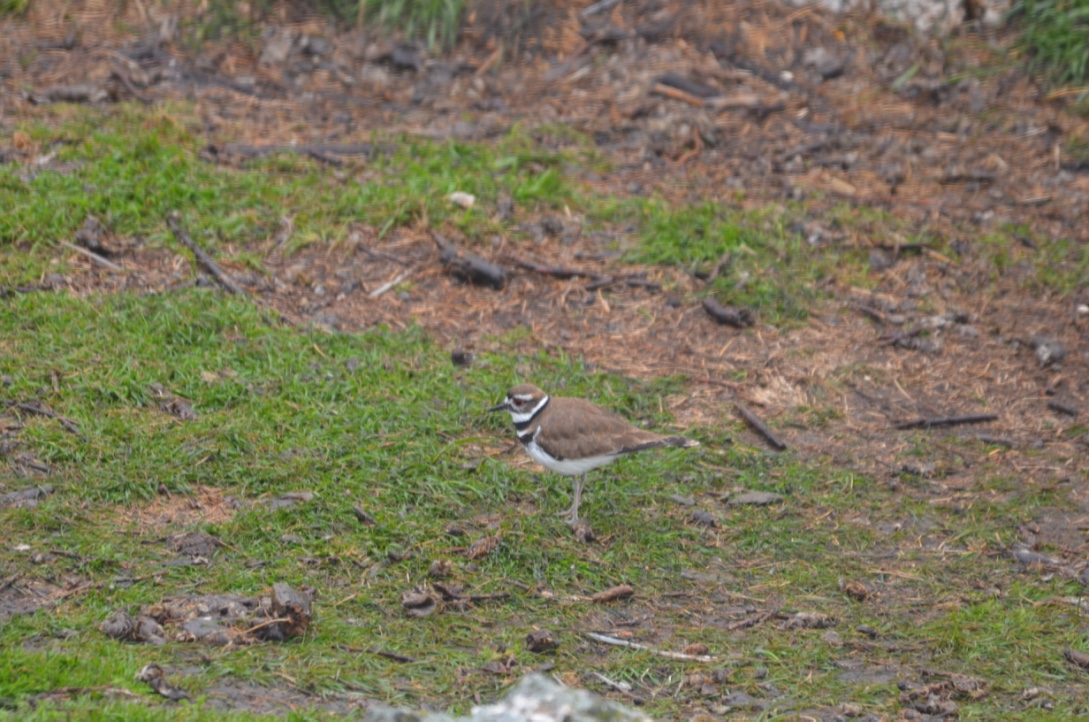
Killdeer (adorable!) -
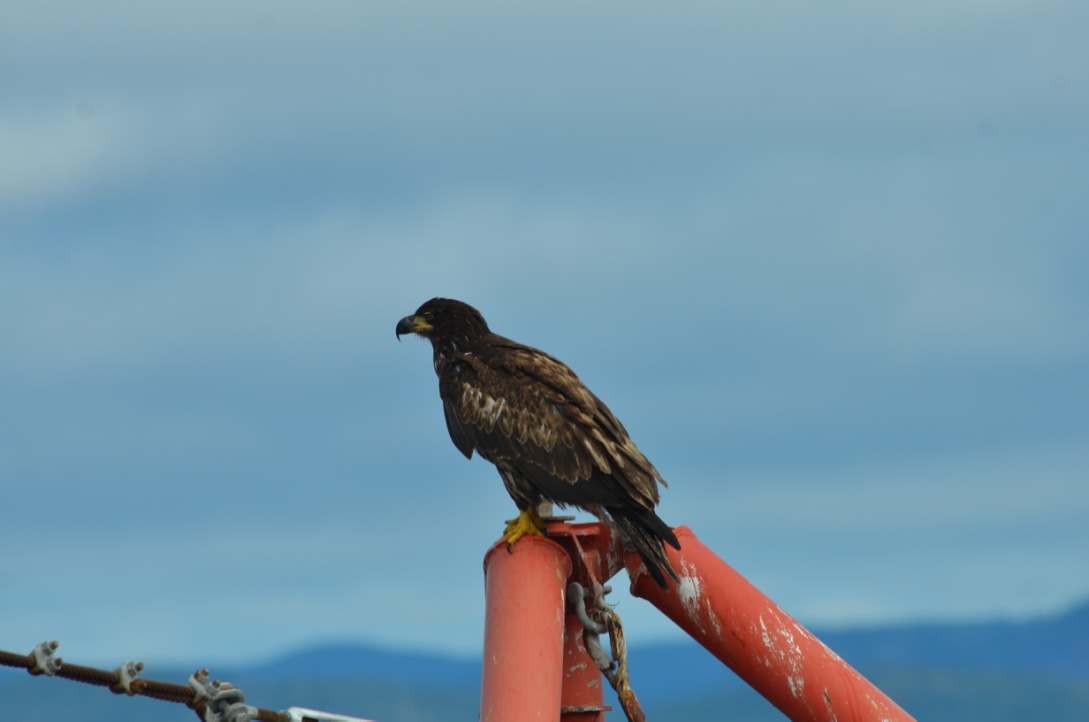
Juvenile bald eagle perched on the crane











